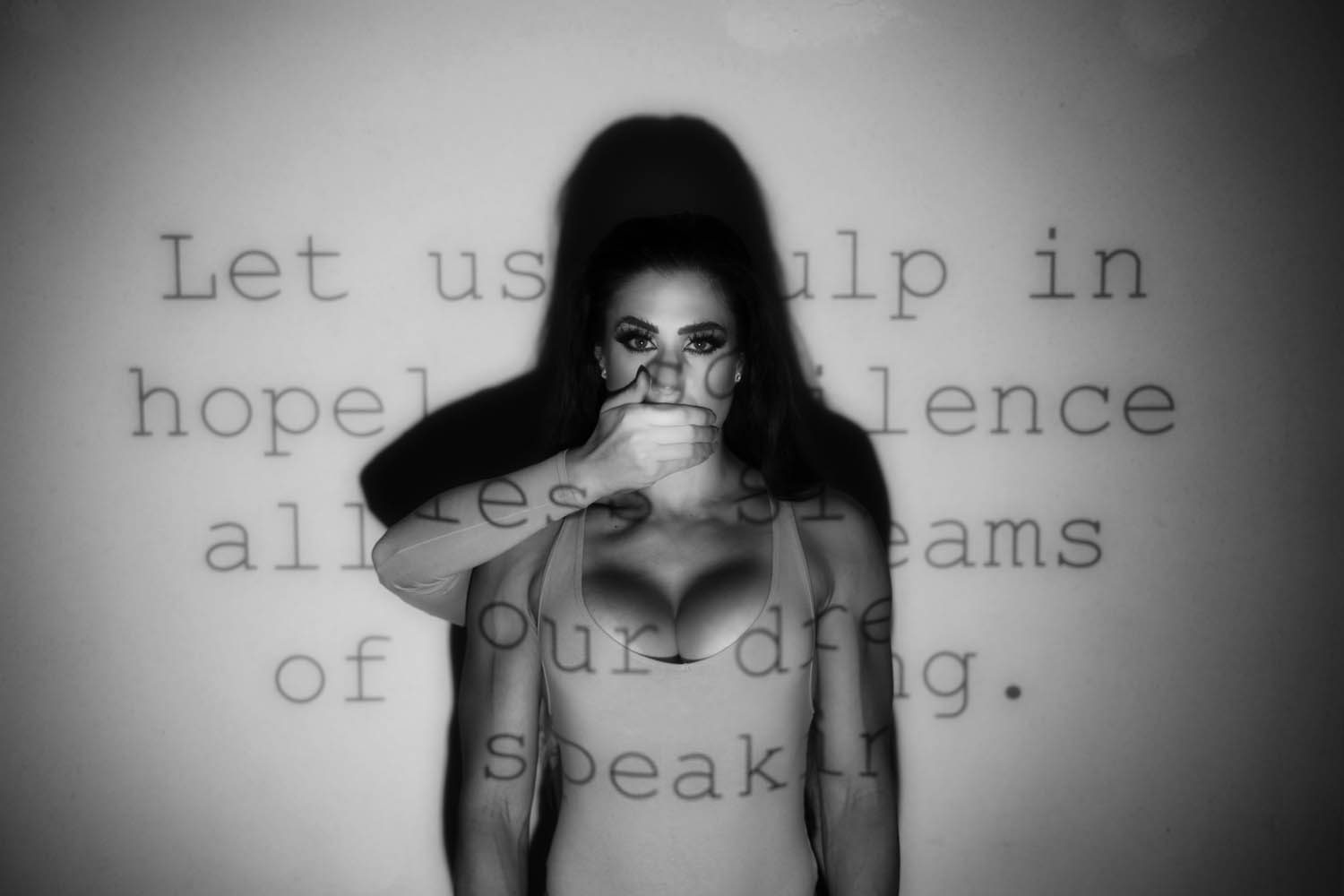It’s all about the narrative
Paulo was born in Lisbon almost two centuries ago (at least it feels like that), and he currently lives in Oakville, Ontario, Canada. He never speaks of himself in the first person, mainly because he is not that type of grammatical person. He enjoys motorcycle rides and reading stuff about Quantum physics, so he can realize how ignorant he is. He clearly cannot understand how can we use the James Webber telescope to look at the beginning of the universe, as it’s difficult to understand how the earth traveled faster than light, even if the bang was big.
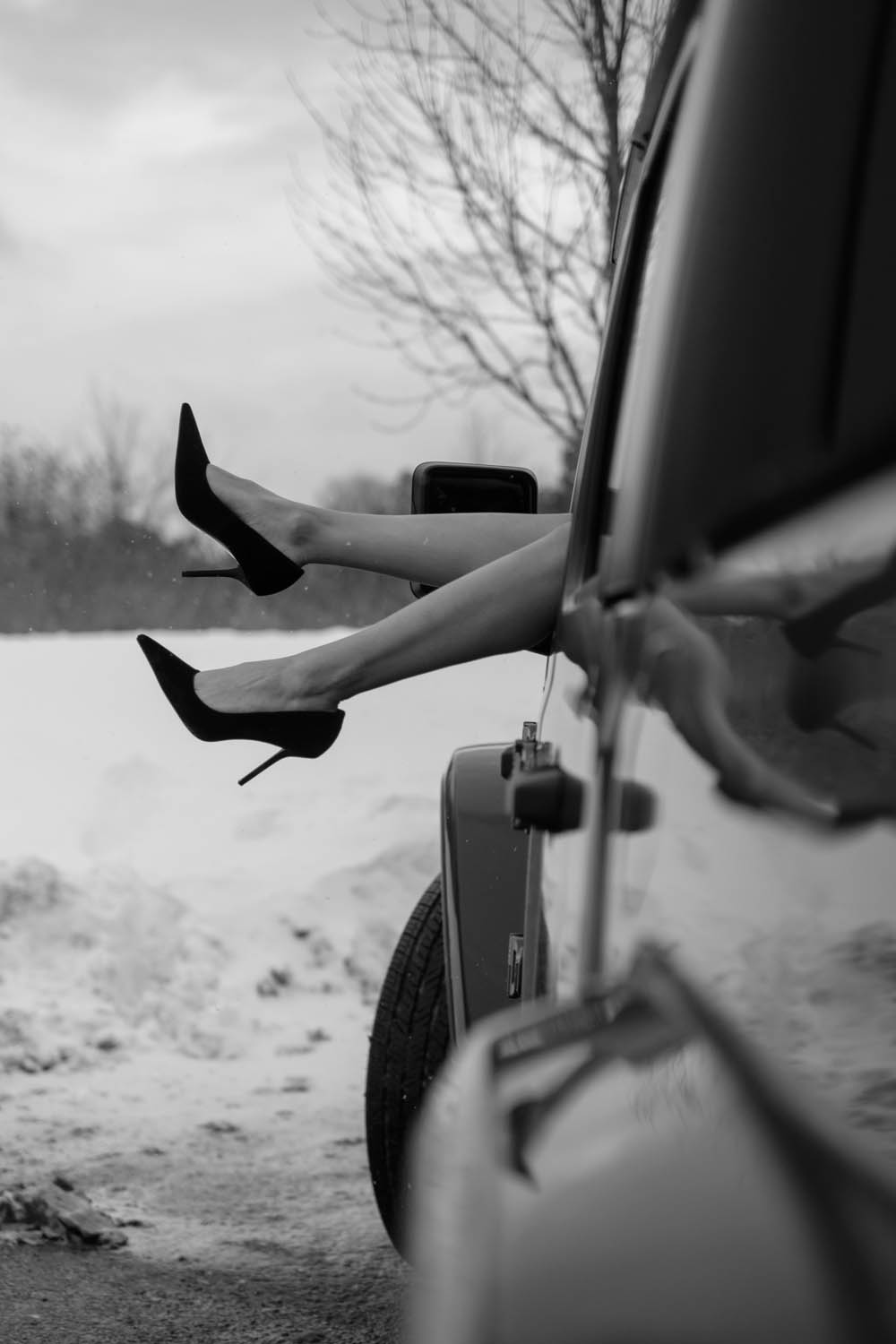
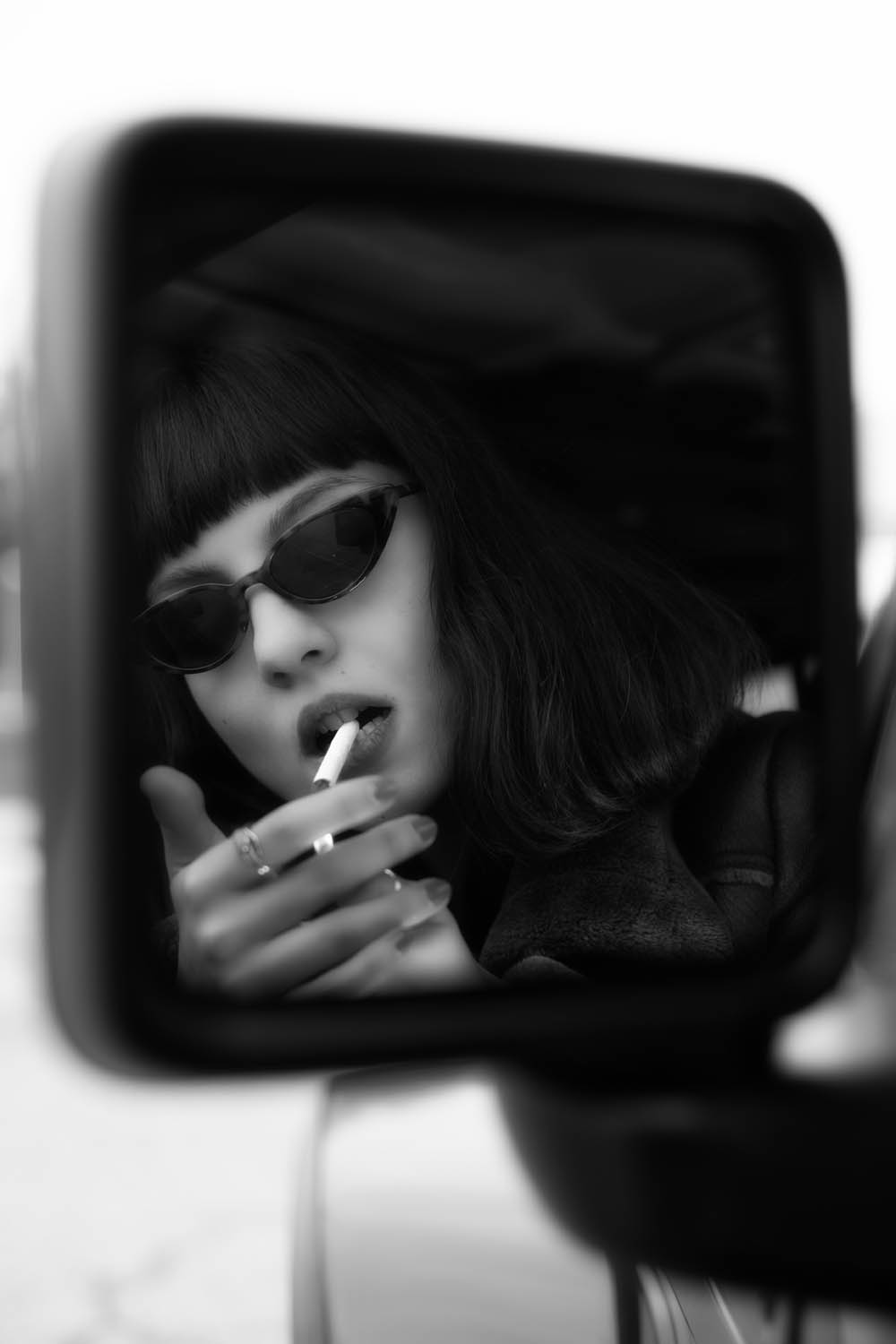
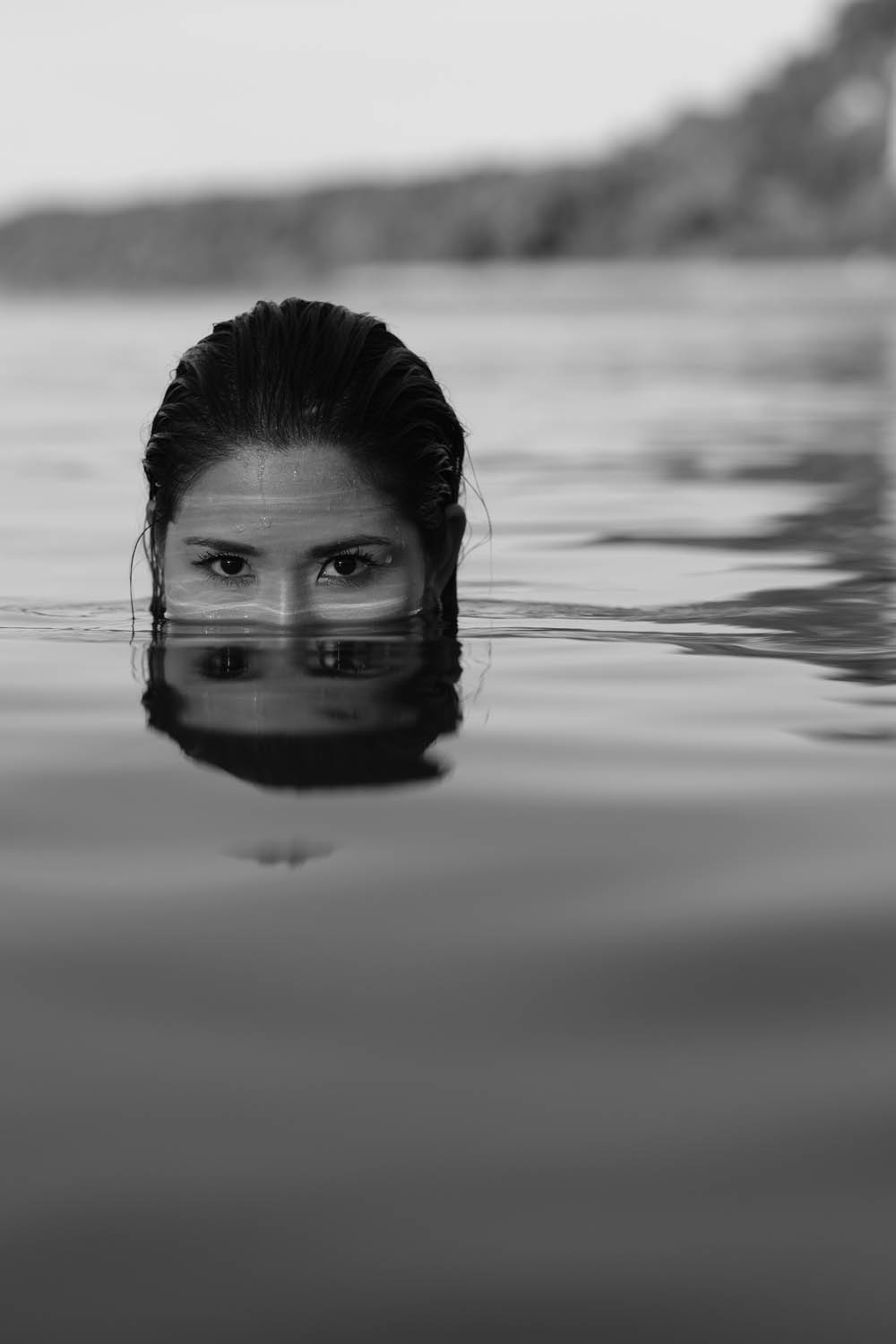
RIGHT: Fuji X-T4 . Fuji XF56mmF1.2 . f/2.5 . 1/2400″ . ISO 160

You can find him listening to Frank Sinatra or Kim Petras, something that clearly confuses the Spotify algorithm.
Known as the10minus4, on different social media platforms, he relates him to “Thesix”, one of the nicknames of Toronto, but actually the name stands for the 6 different photographic heteronyms of Paulo, minus his 4 fictional religious friends, that are never present in any aspect of his narrative. He believes that no matter what, the narrative is always about narrative, but almost never the viewer’s narrative is somehow close to the photographer’s narrative.
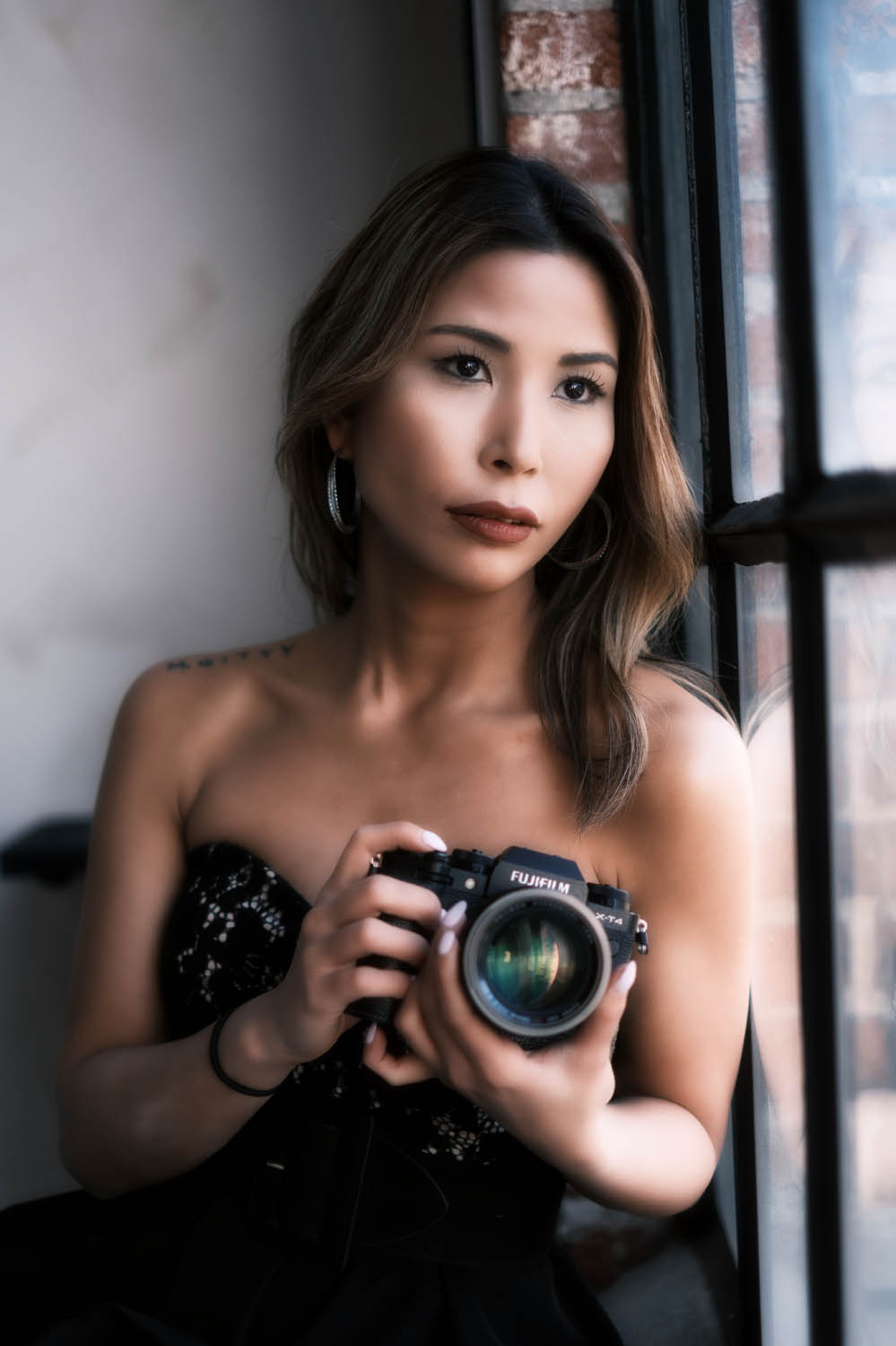
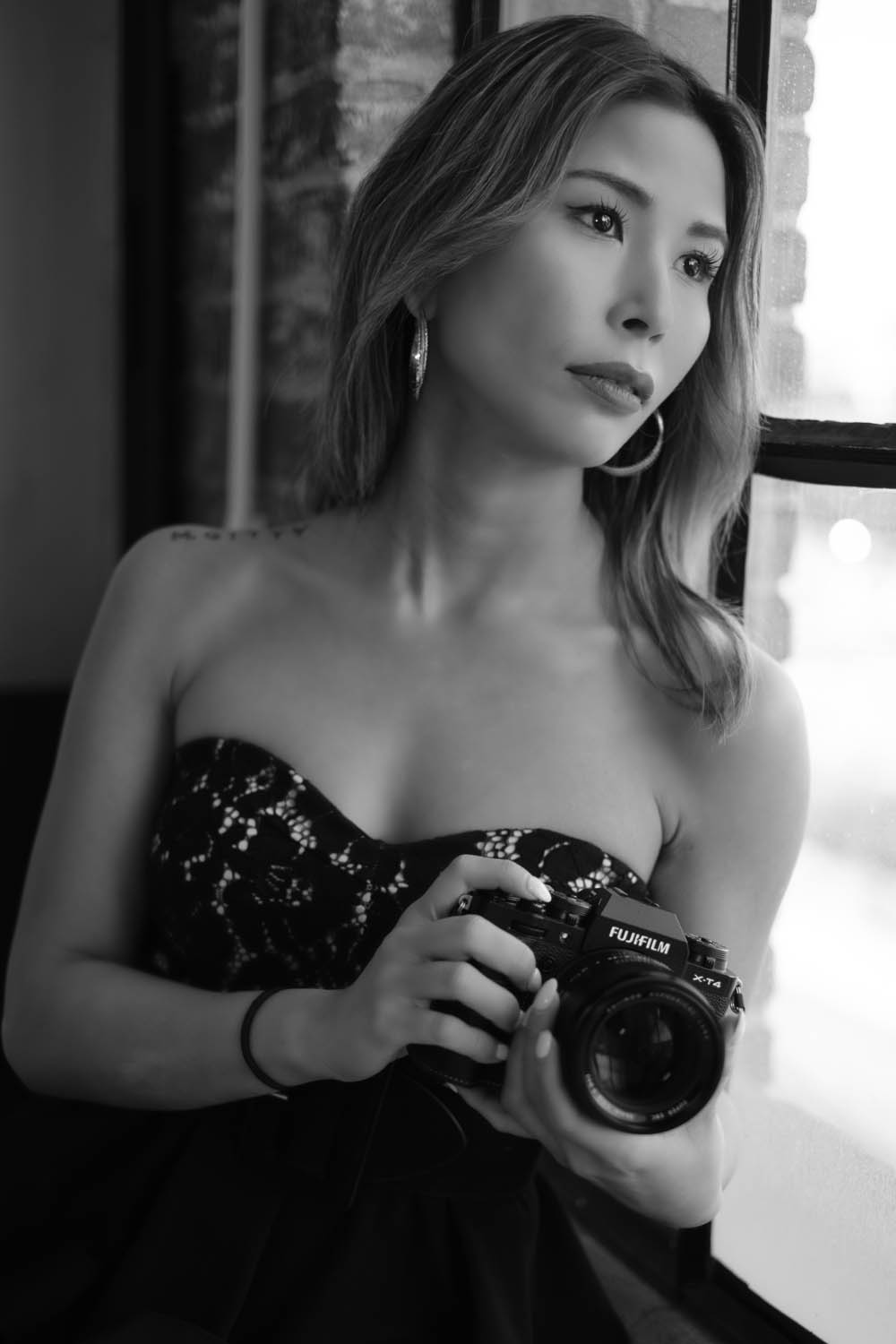
RIGHT: Fuji X-T5 . Fuji XF35mmF1.4 . f/1.4 . 1/340″ . ISO 125
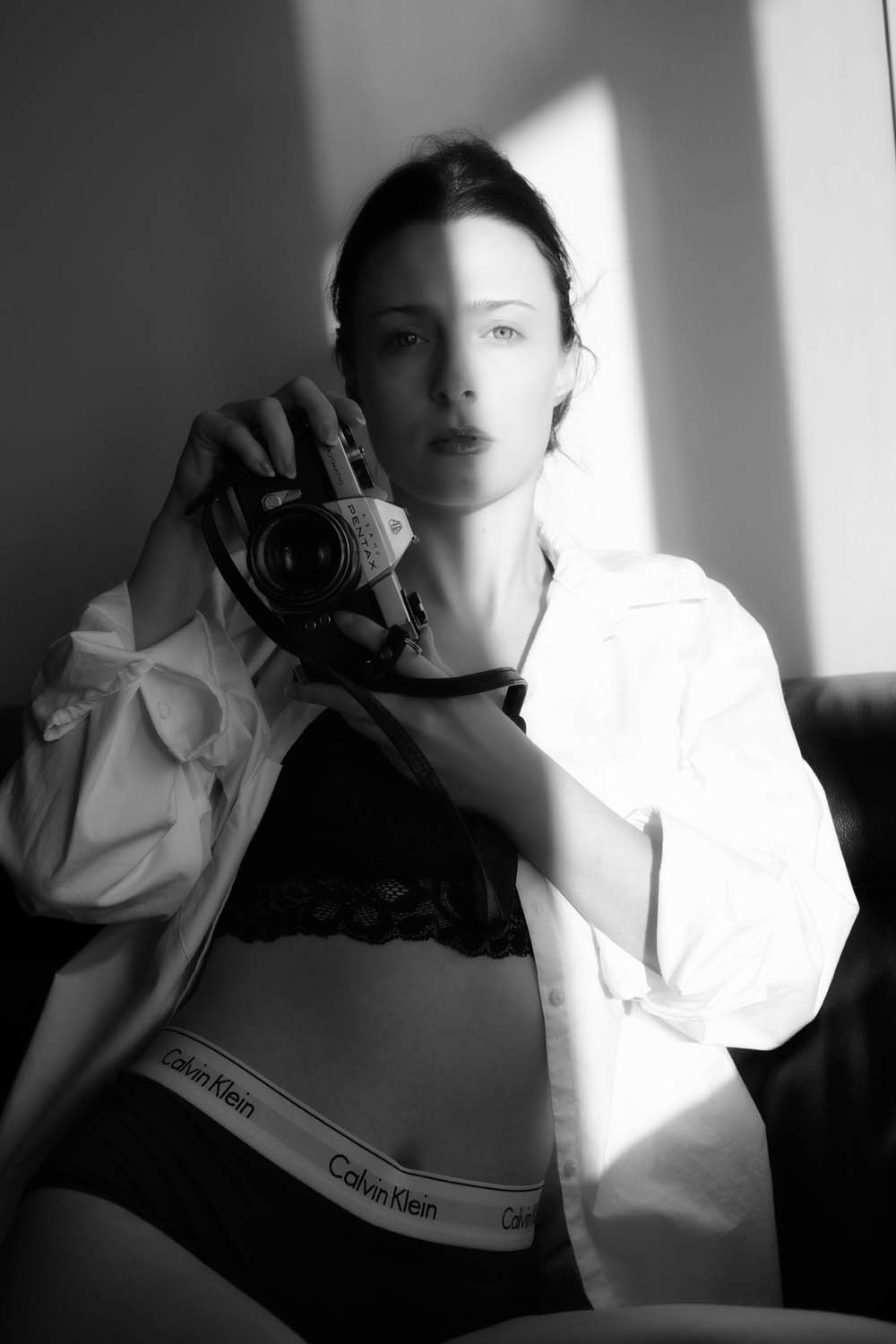
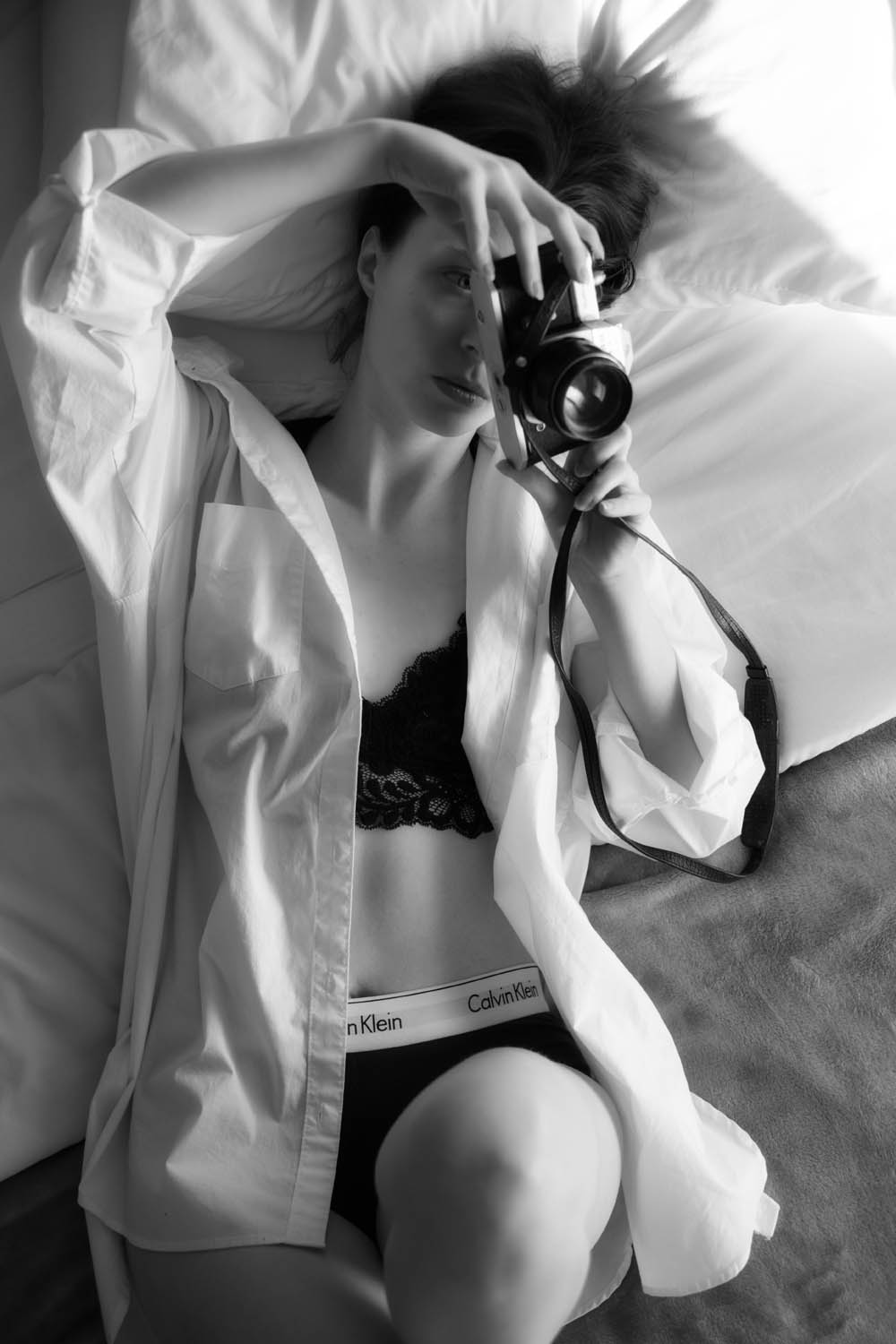
RIGHT: Fuji X-T4 . Fuji XF35mmF1.4 . f/2.0 . 1/125″ . ISO 160
His first camera was a Pentax Spotmatic that his Dad used to let him use. Fun fact, that same camera was lost for a few years, but you can find it now in a series of portraits where he pays tribute to his father, as a photographer and humanist.
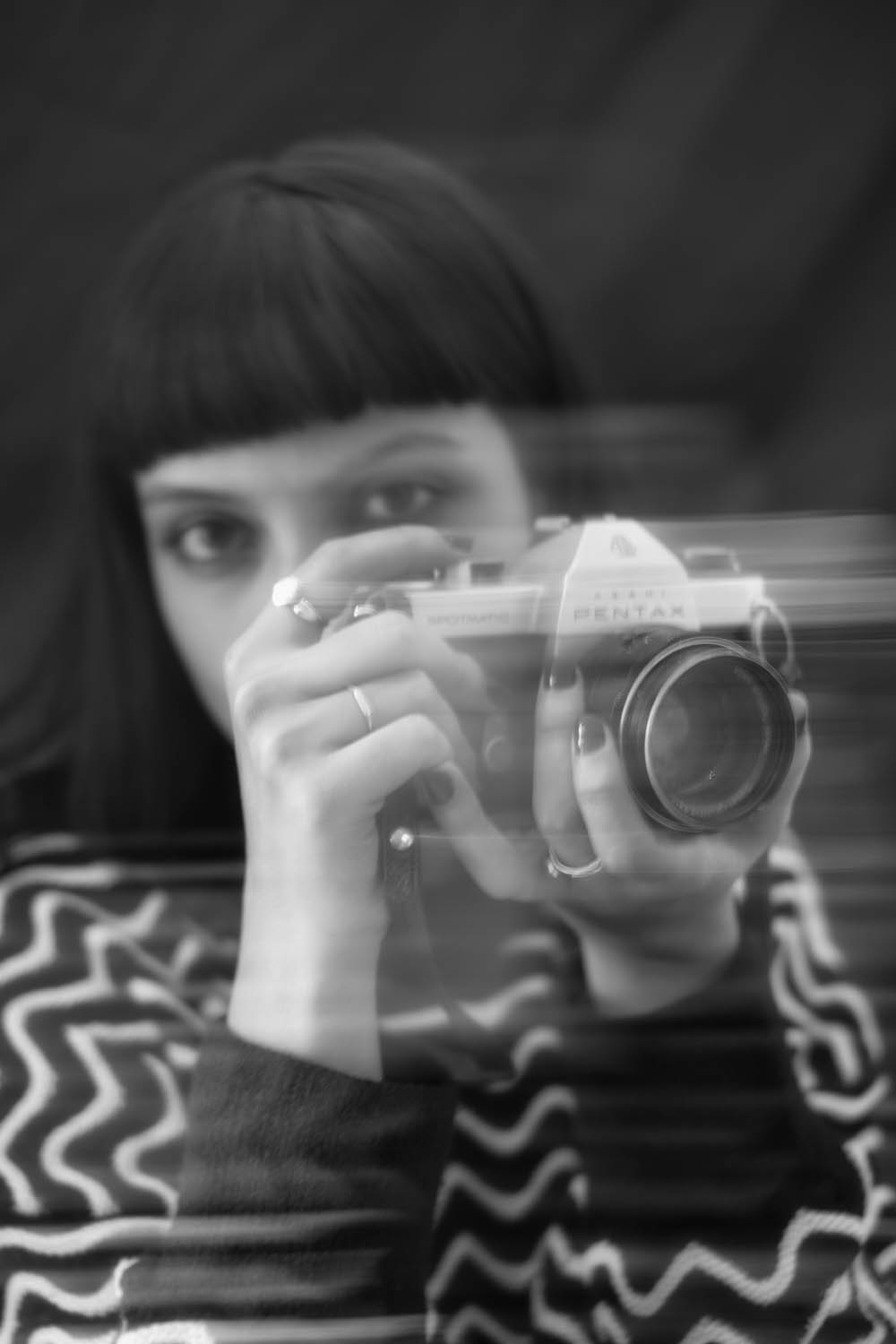
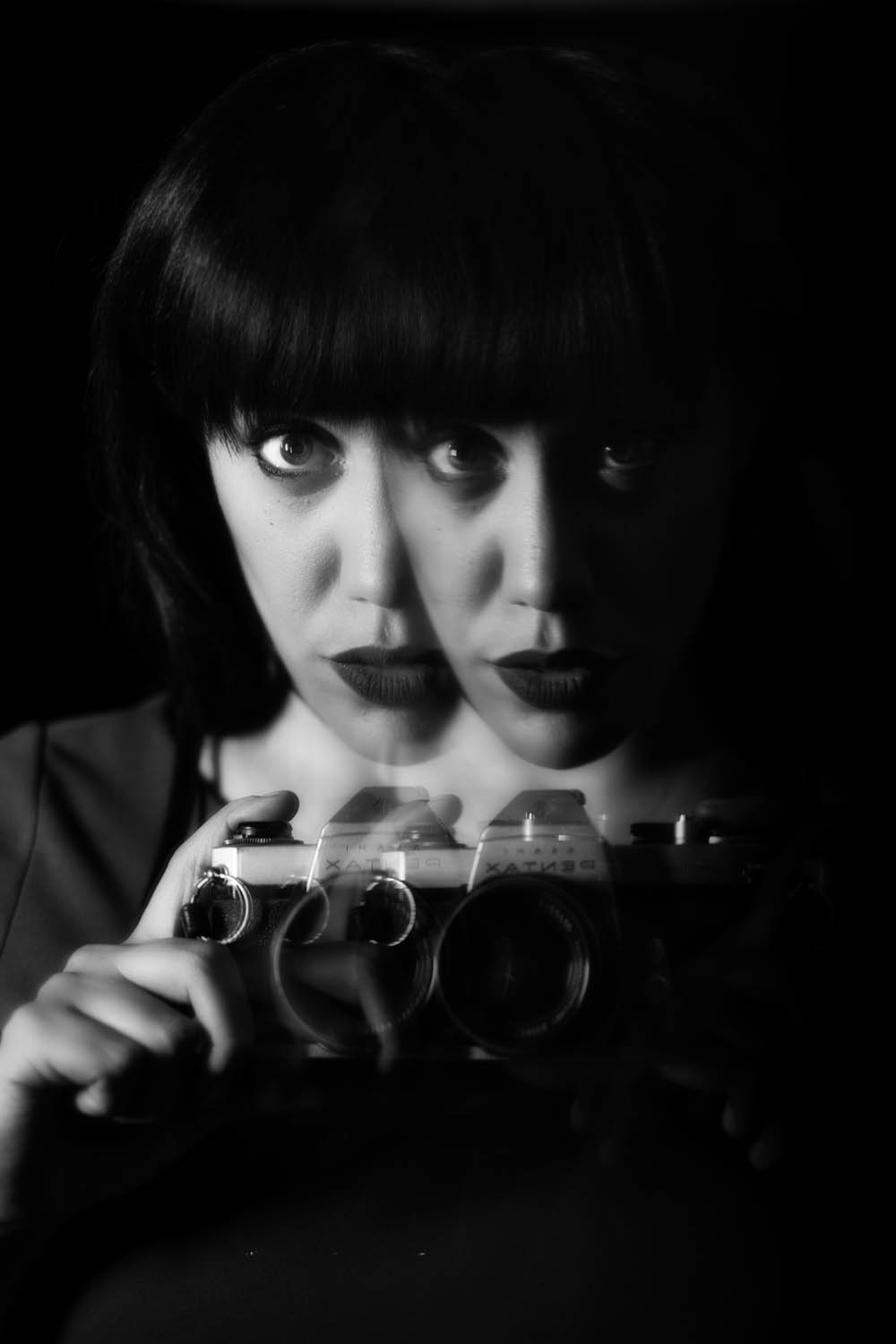
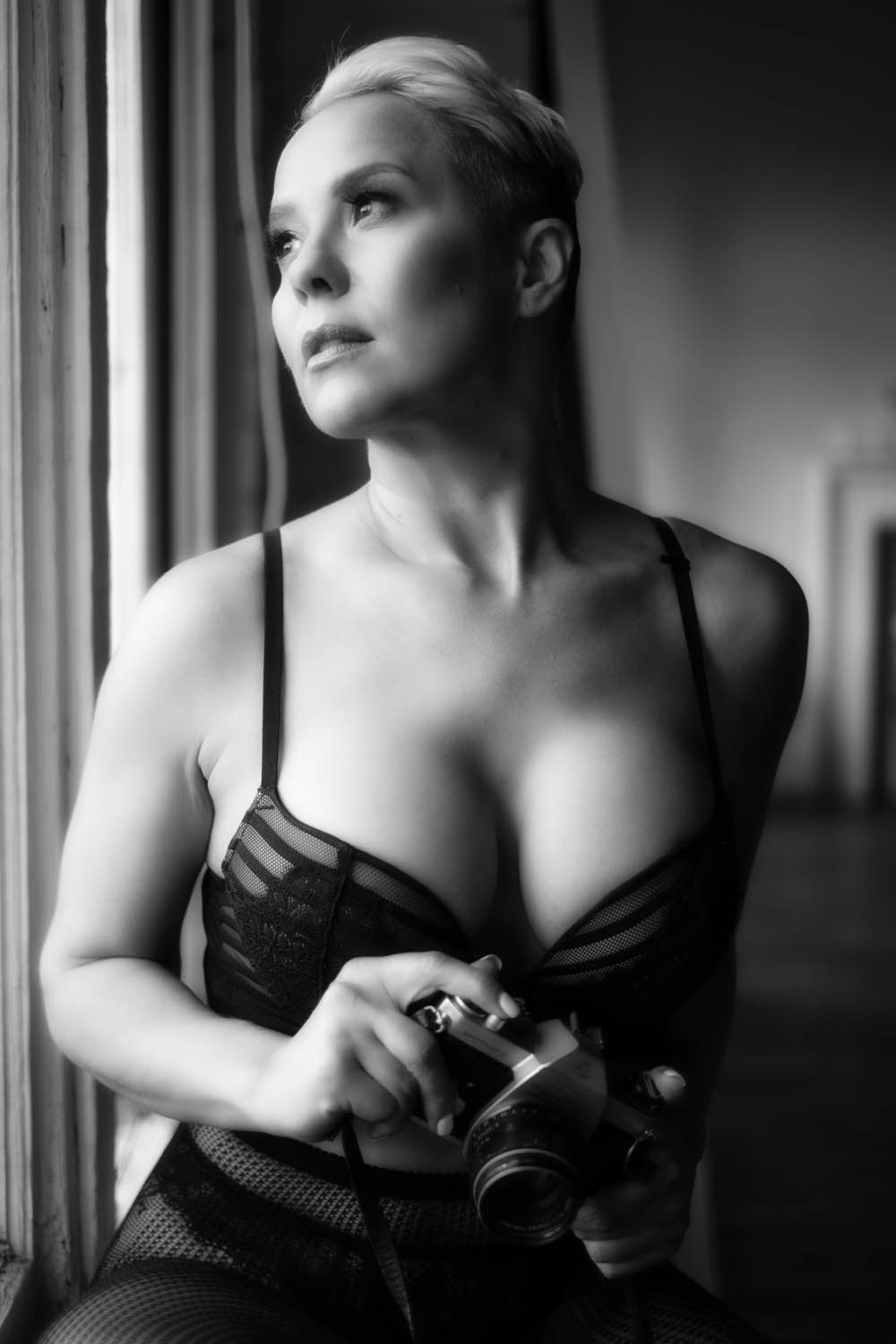
RIGHT: Fuji X-T4 . Fuji XF35mmF1.4 . f/1.4 . 1/300″ . ISO 160
Currently, he owns a Fujifilm X-T5 with two lenses, the 35mm F1.4 and 56mm F1.2. Both of them are used for portrait, street and anything in between. Portrait is actually a very recent focus of his photography, that started he doesn’t know why, and will end the day he decides to take pictures of apples, but like Cezanne, he will only take pictures of the parts of the apple he will understand.
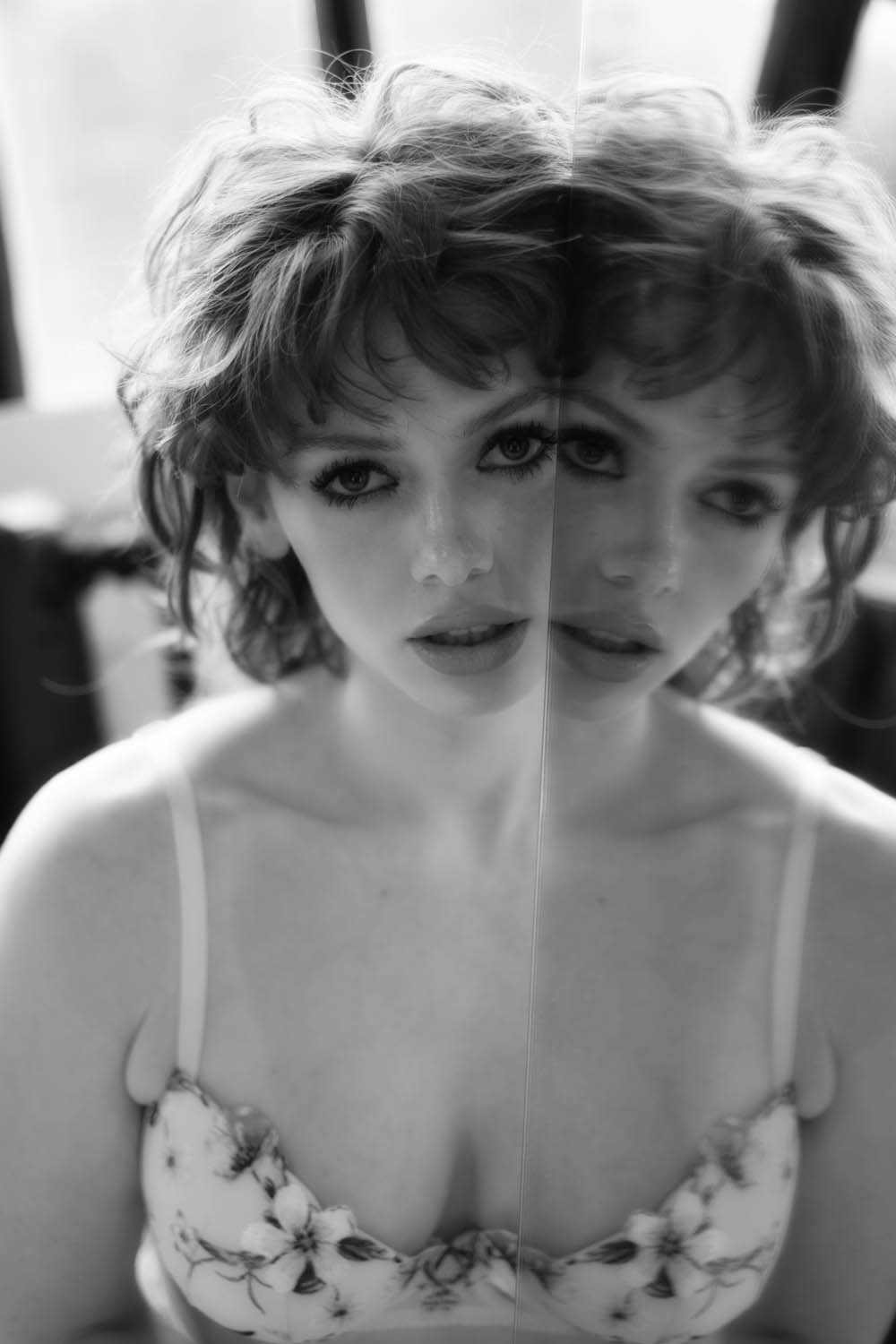
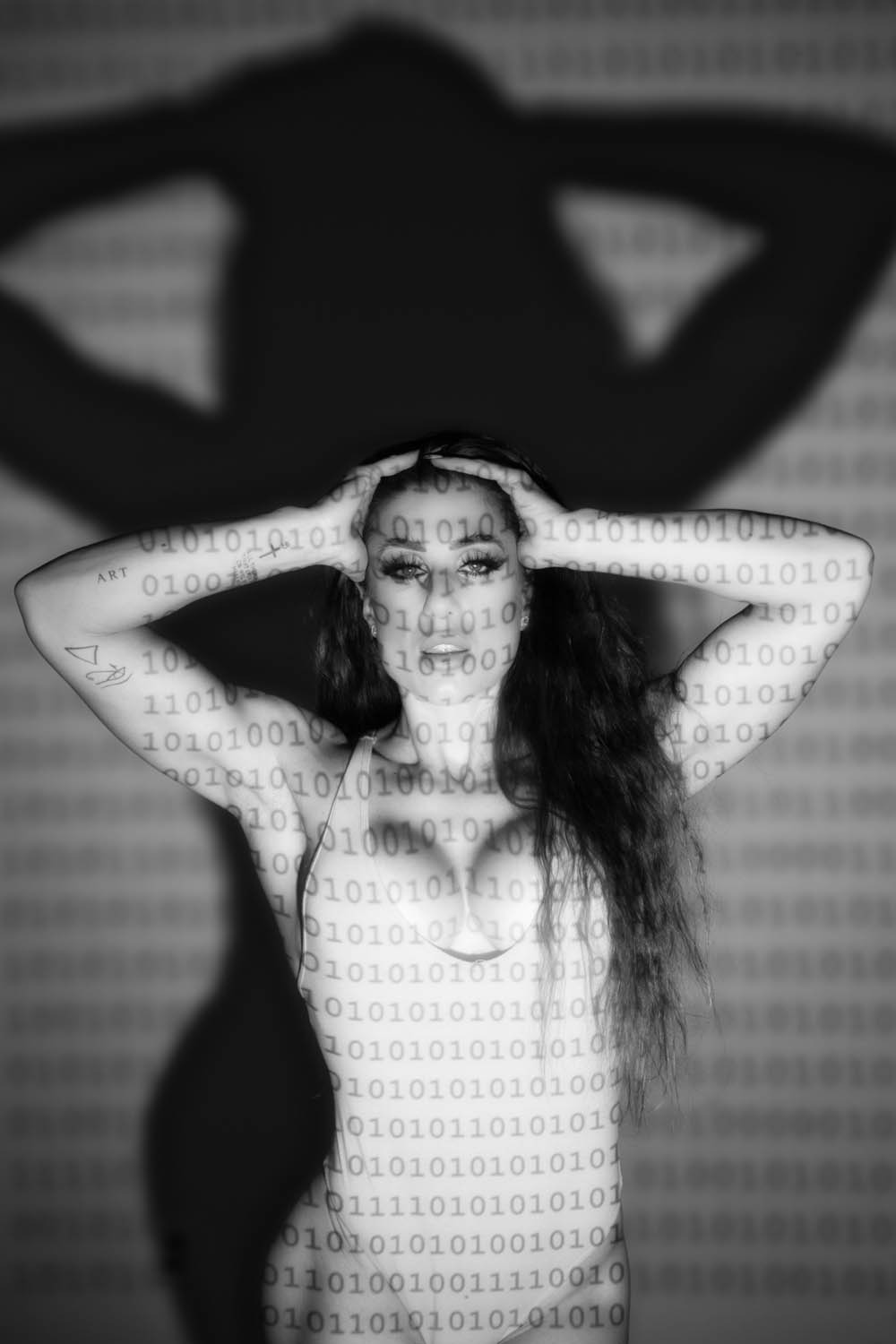
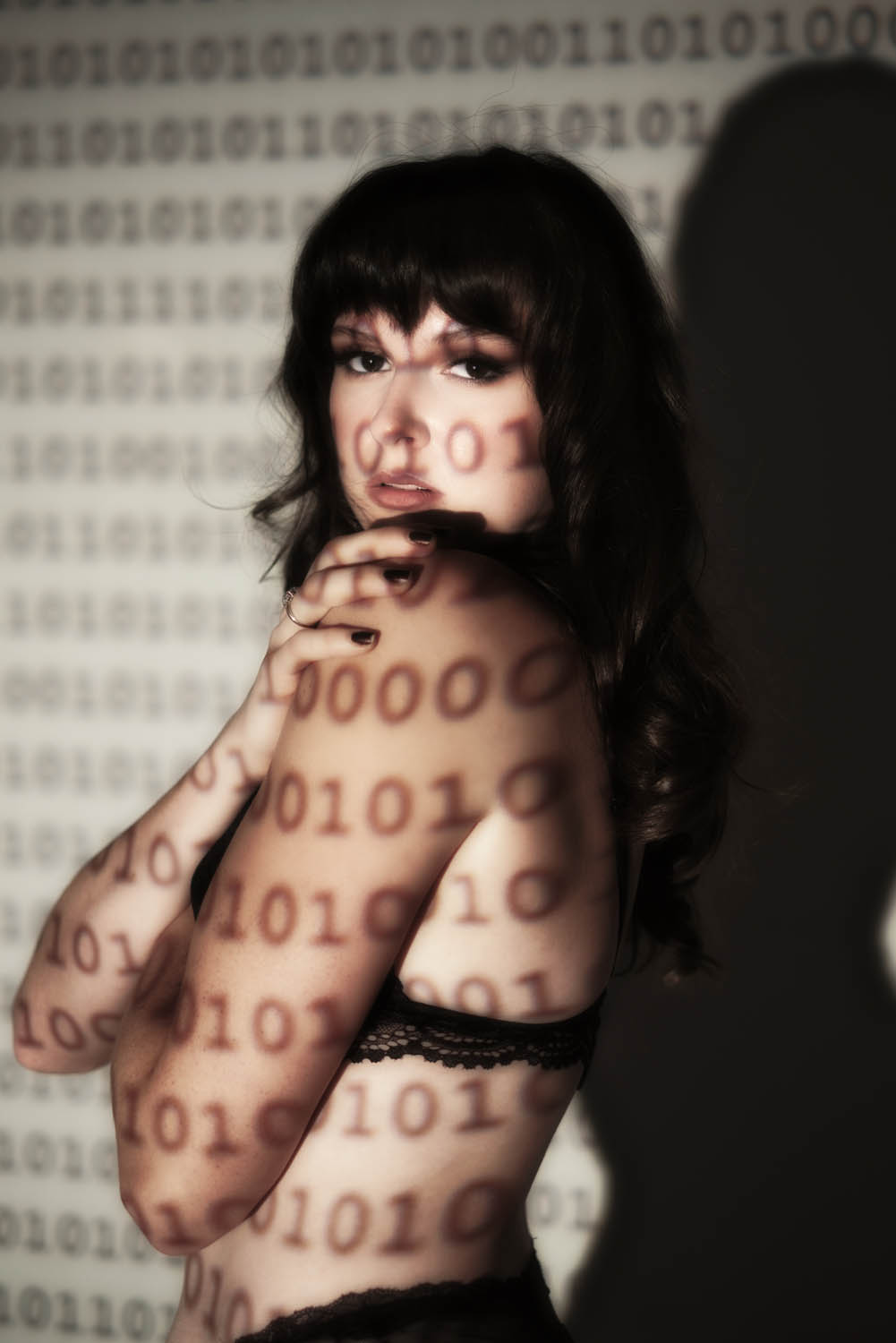
RIGHT: Fuji X-T4 . Fuji XF35mmF1.4 . f/1.4 . 1/250″ . ISO 200
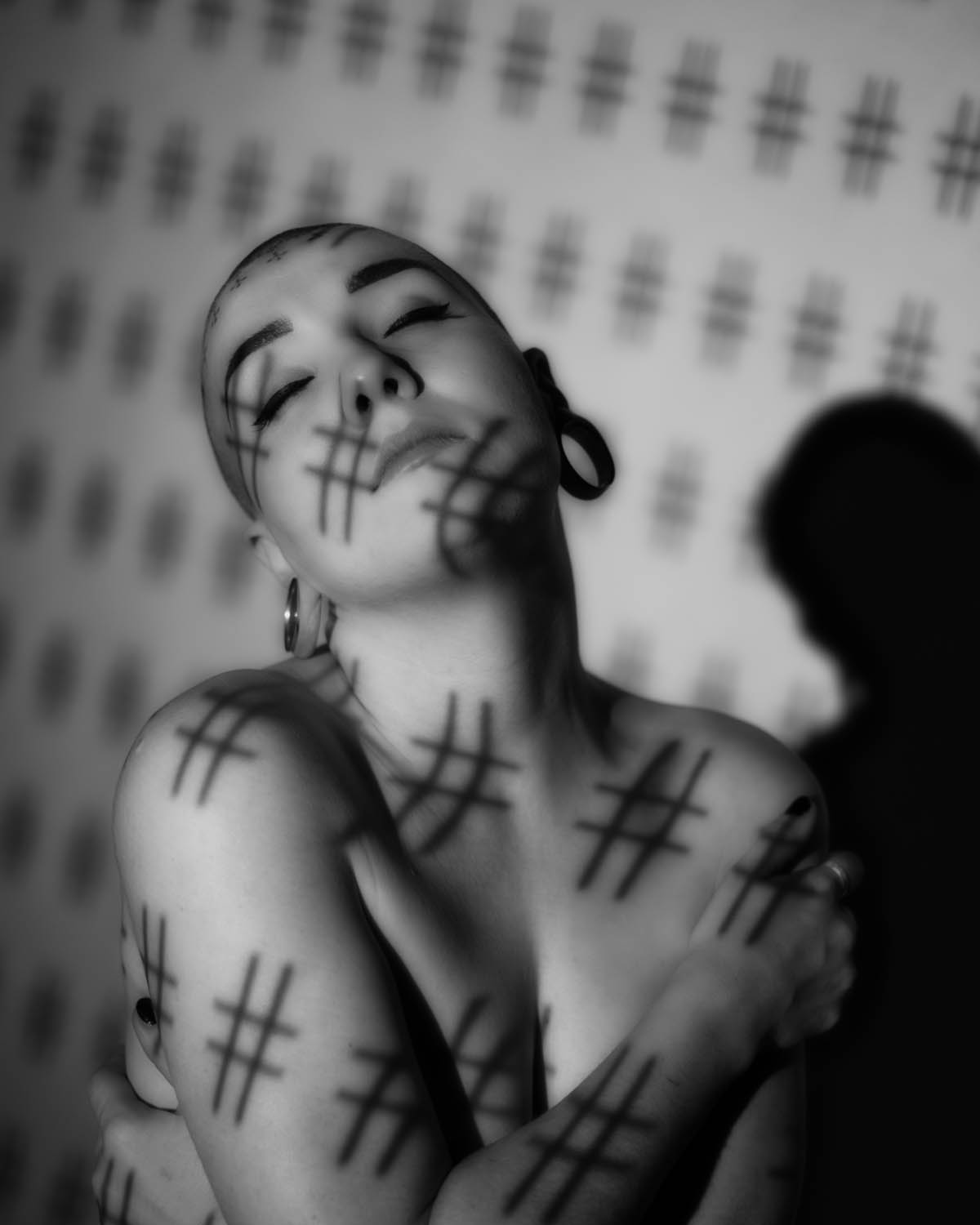
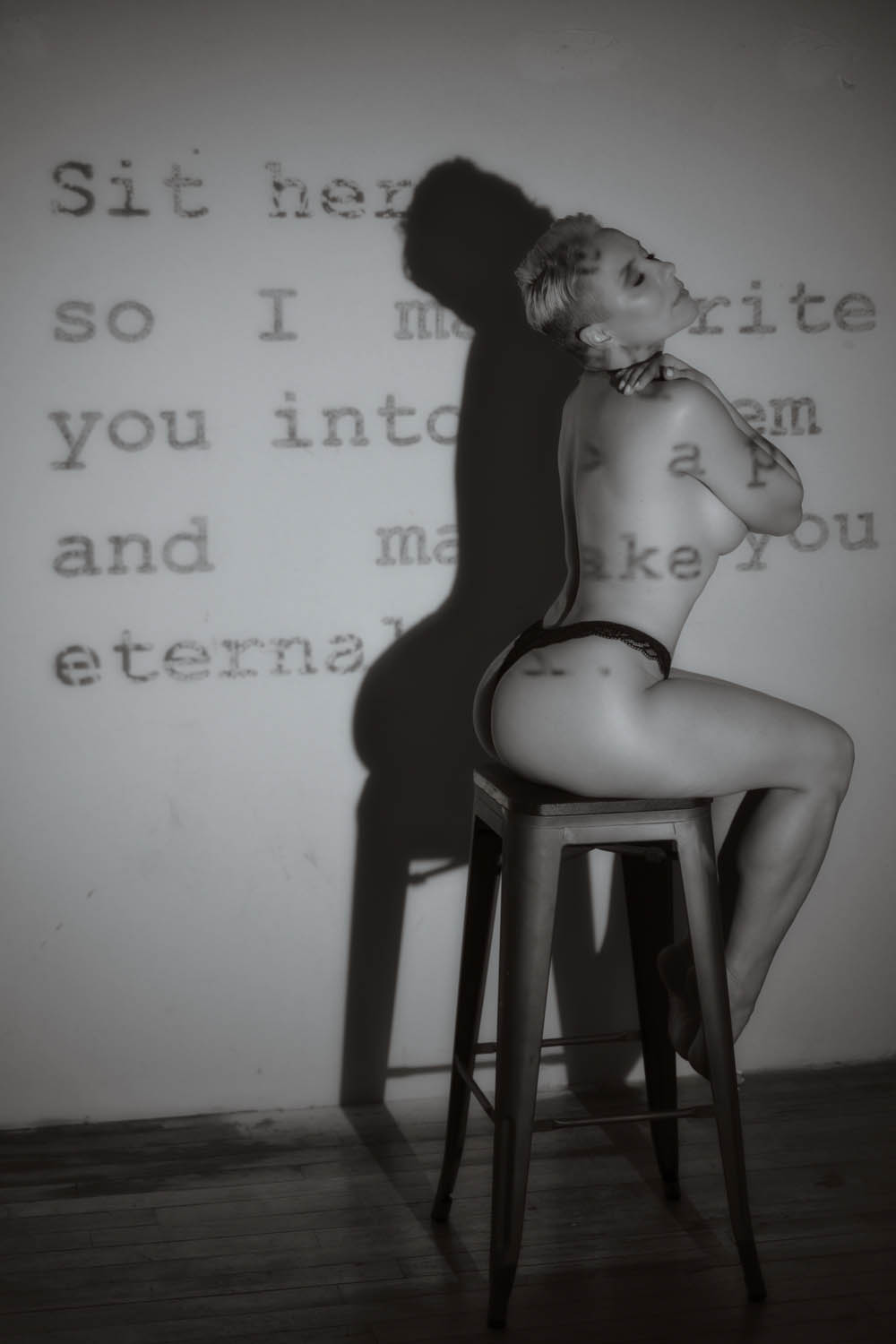
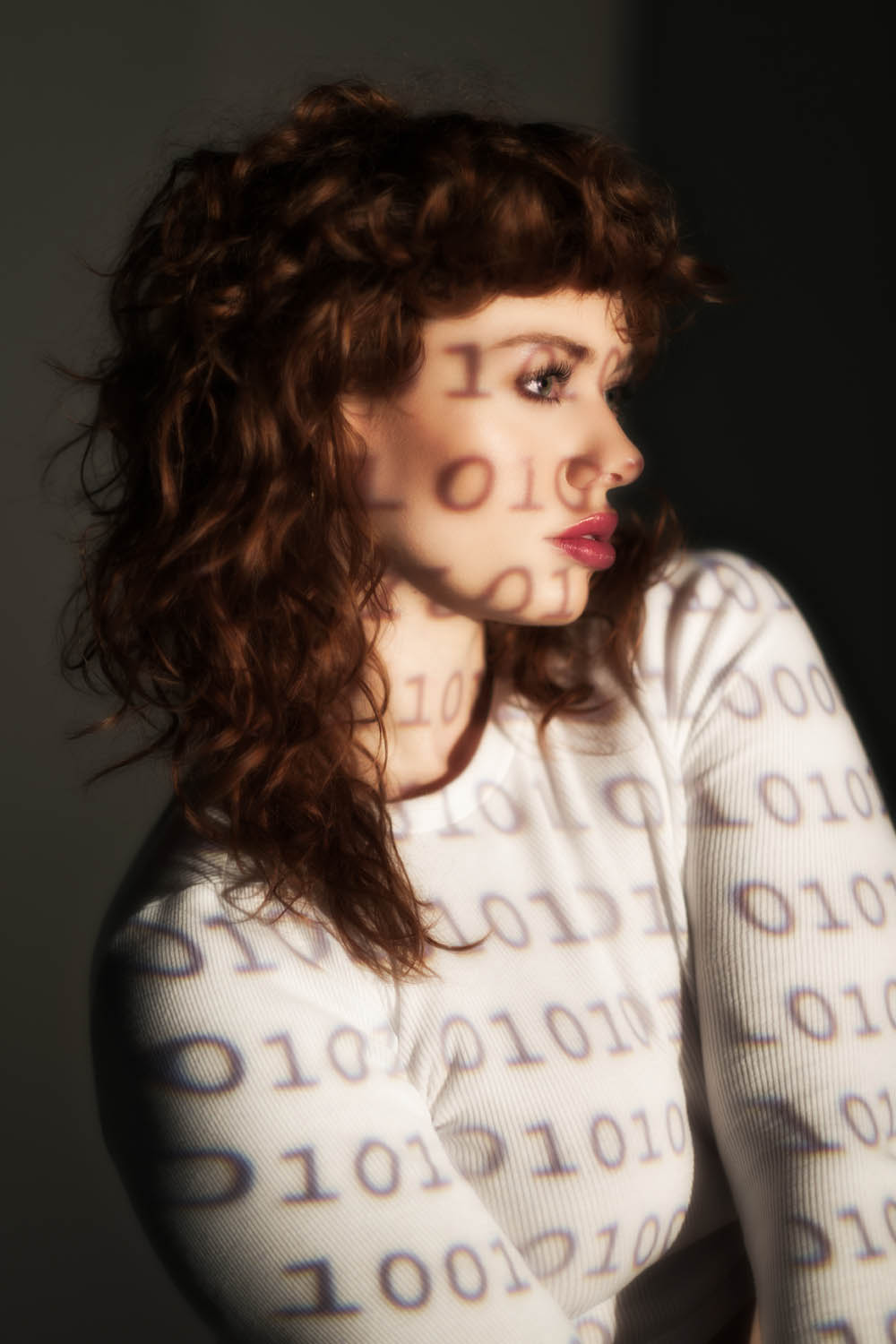
During some time, he owned a Leica Q2 monochrome, but like the apples, he couldn’t understand why, so he went back to his happy place which consists of a Fujifilm X-T, and his favorite 35mm F1.4 lens.
35mm are just what his brain is used to, and the magic included in that lens is something that he was never able to find inside the 28mm of a Leica.
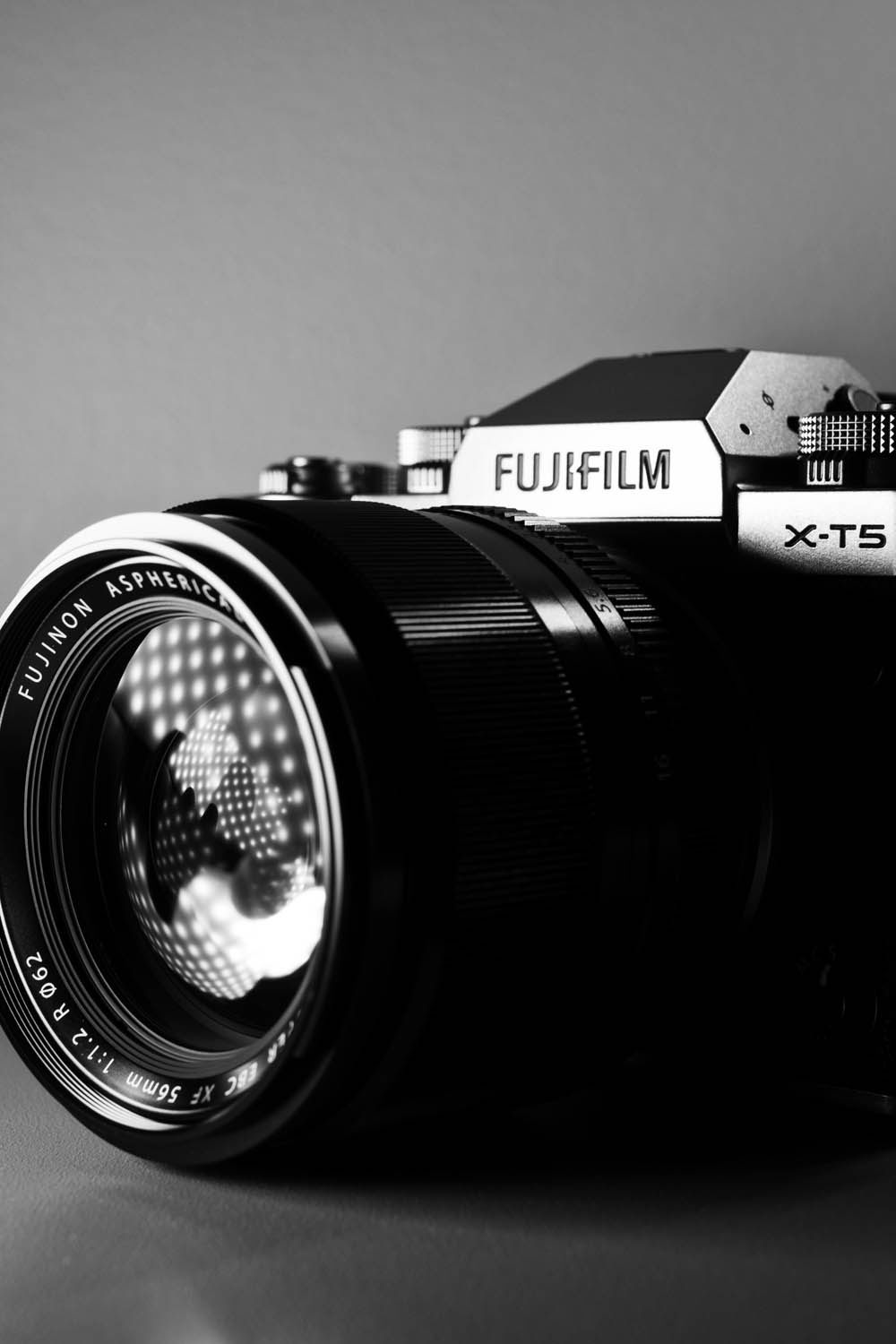
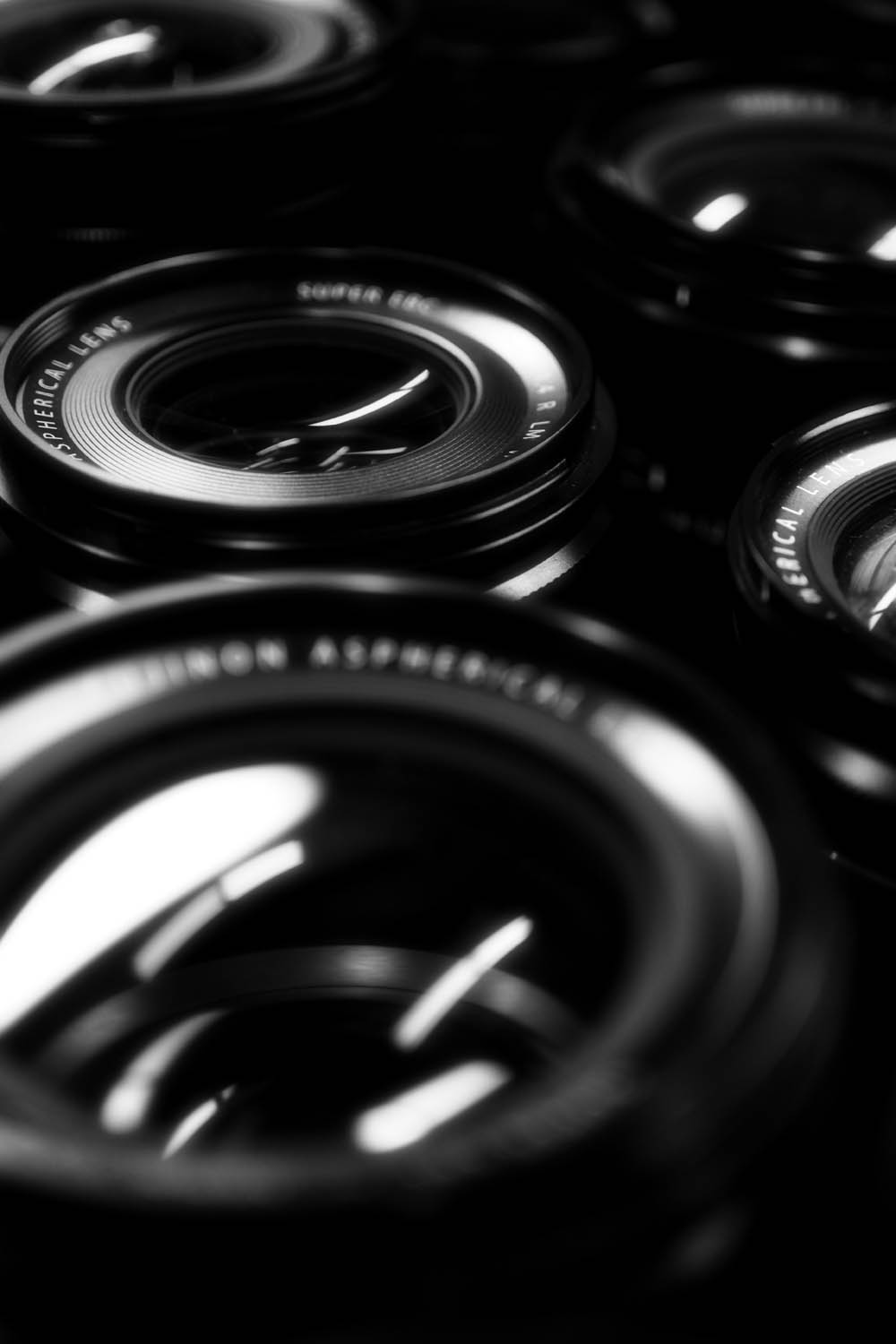
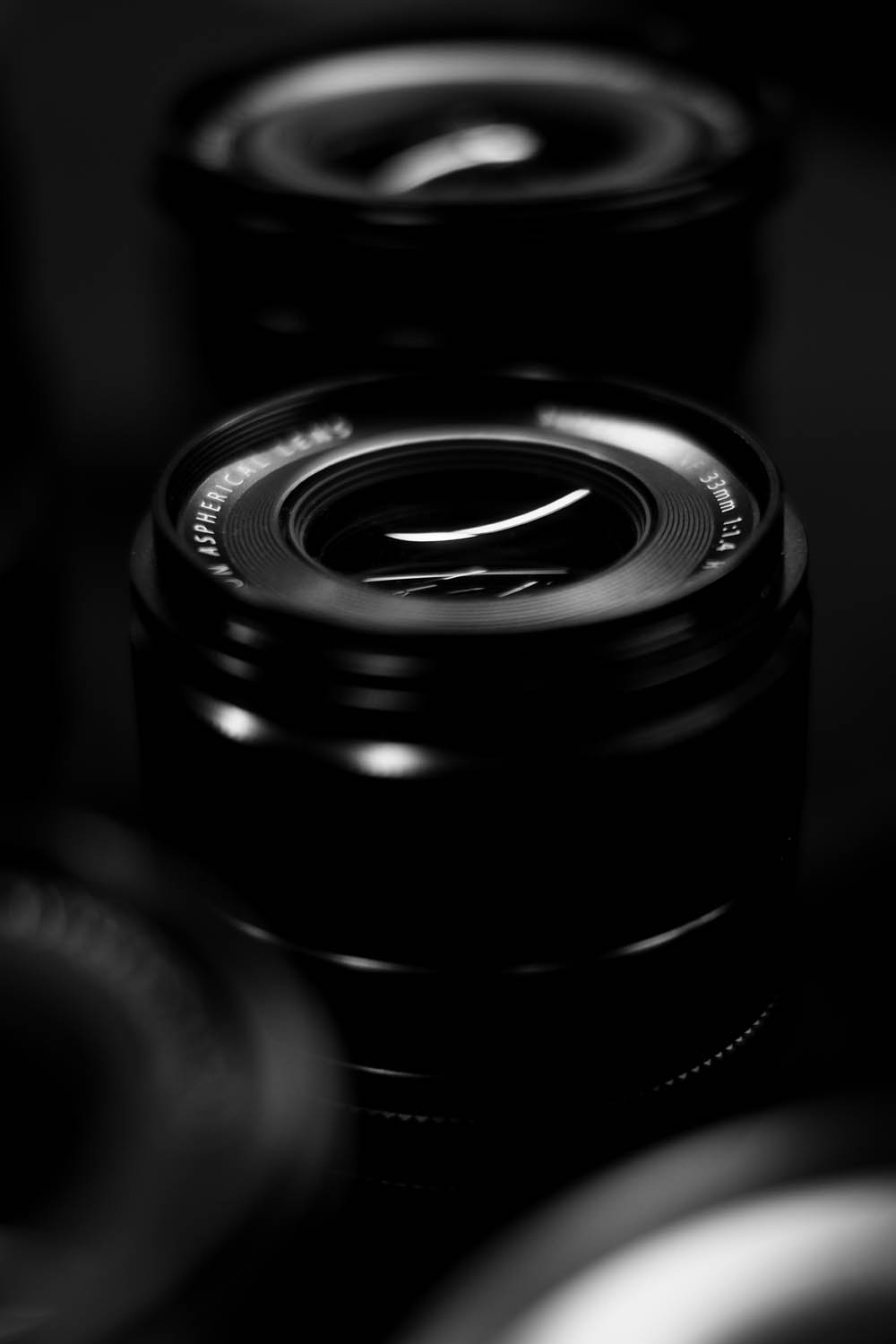
His biggest reference is Frank Horvat, a photographer known to be also a sculptor, and one of the first ones to bring fashion to the streets. That being said, Paulo prefers natural light, but he understands that sometimes a good spotlight and a studio are necessary to achieve the narrative. He doesn’t like to direct models, as he believes that a portrait should be something personal, so the usual process consists in explaining the narrative and letting the person in front of the camera decide what to do with that.
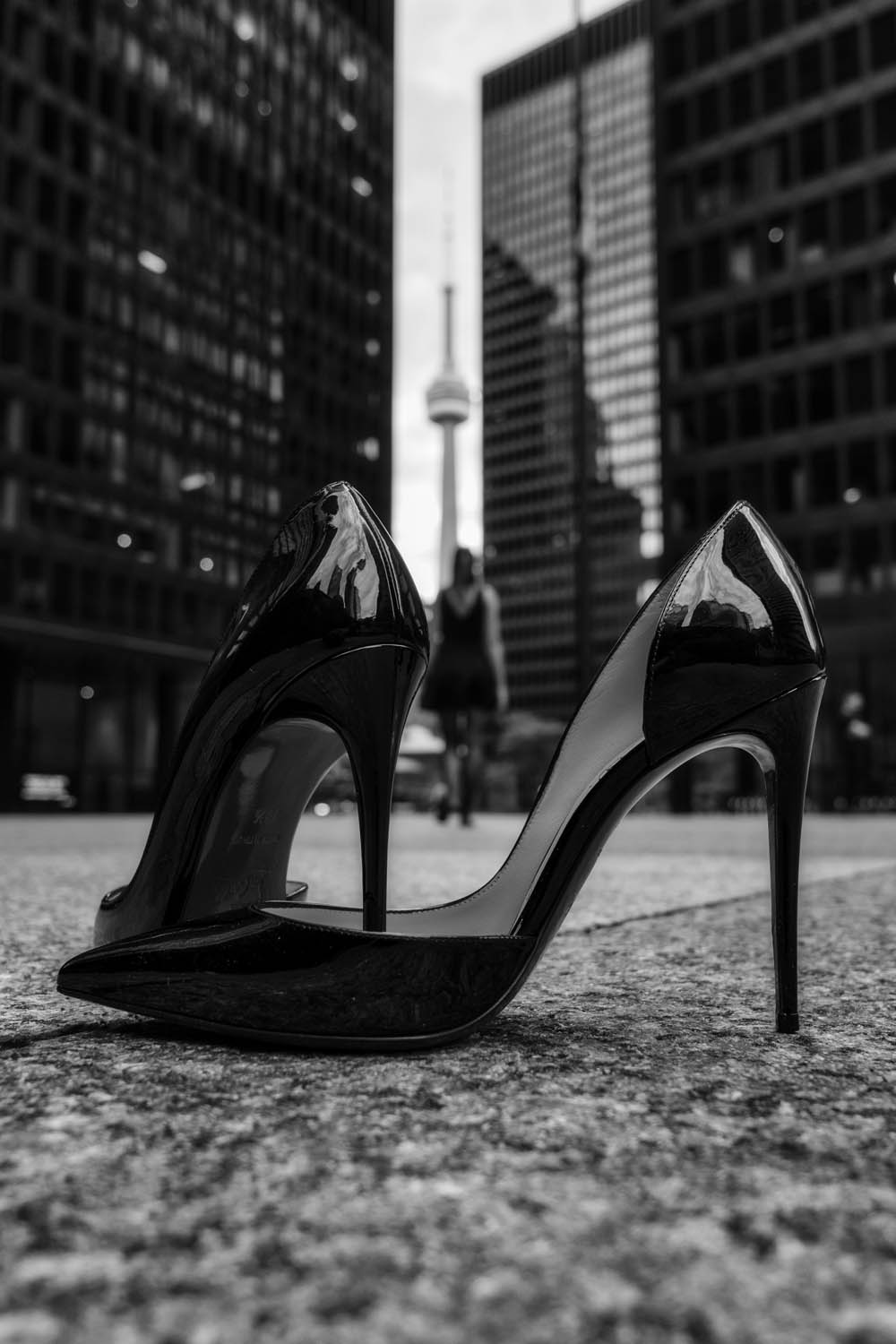
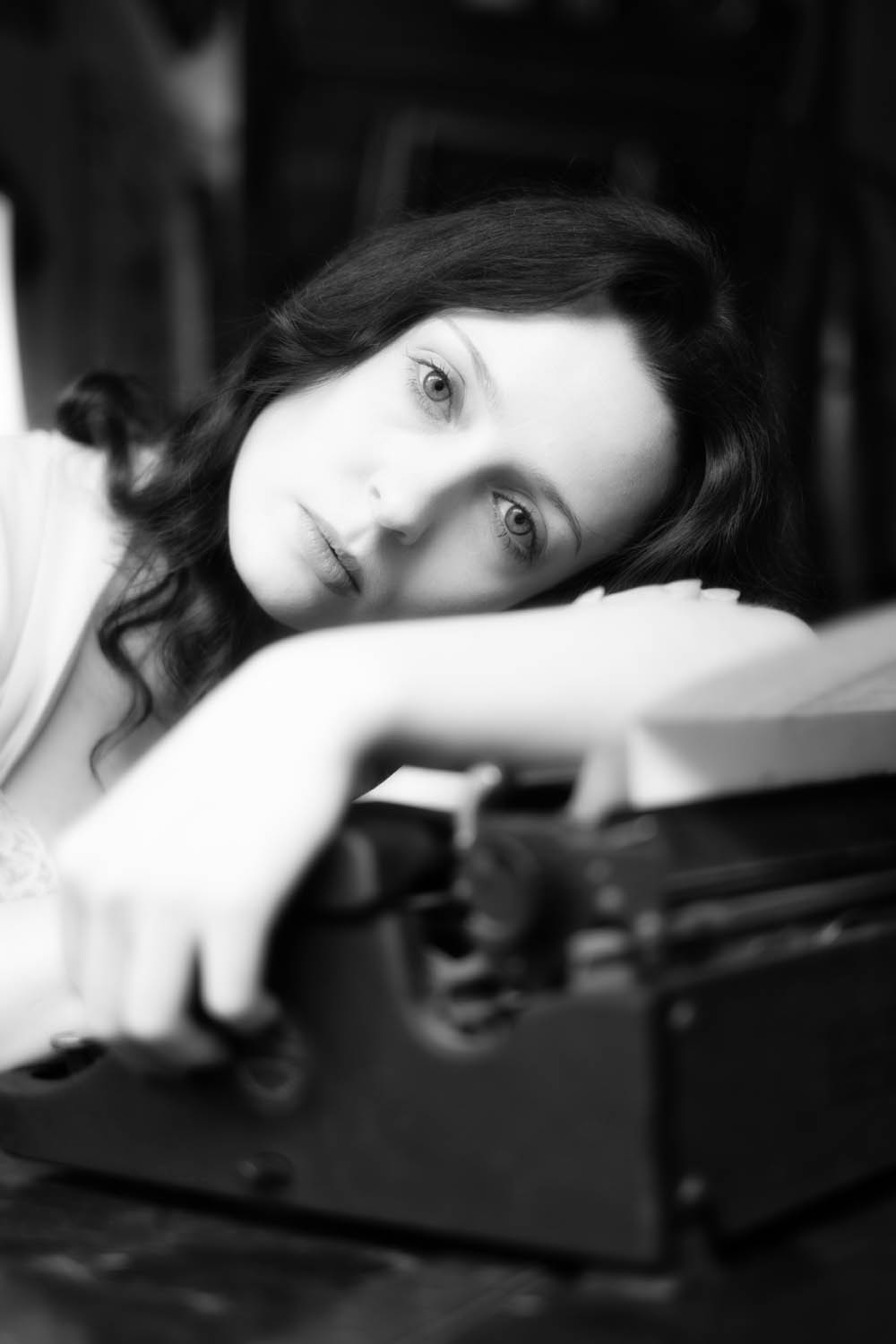

RIGHT: Fuji X-T4 . Fuji XF35mmF1.4 . f/1.4 . 1/10″ . ISO 160

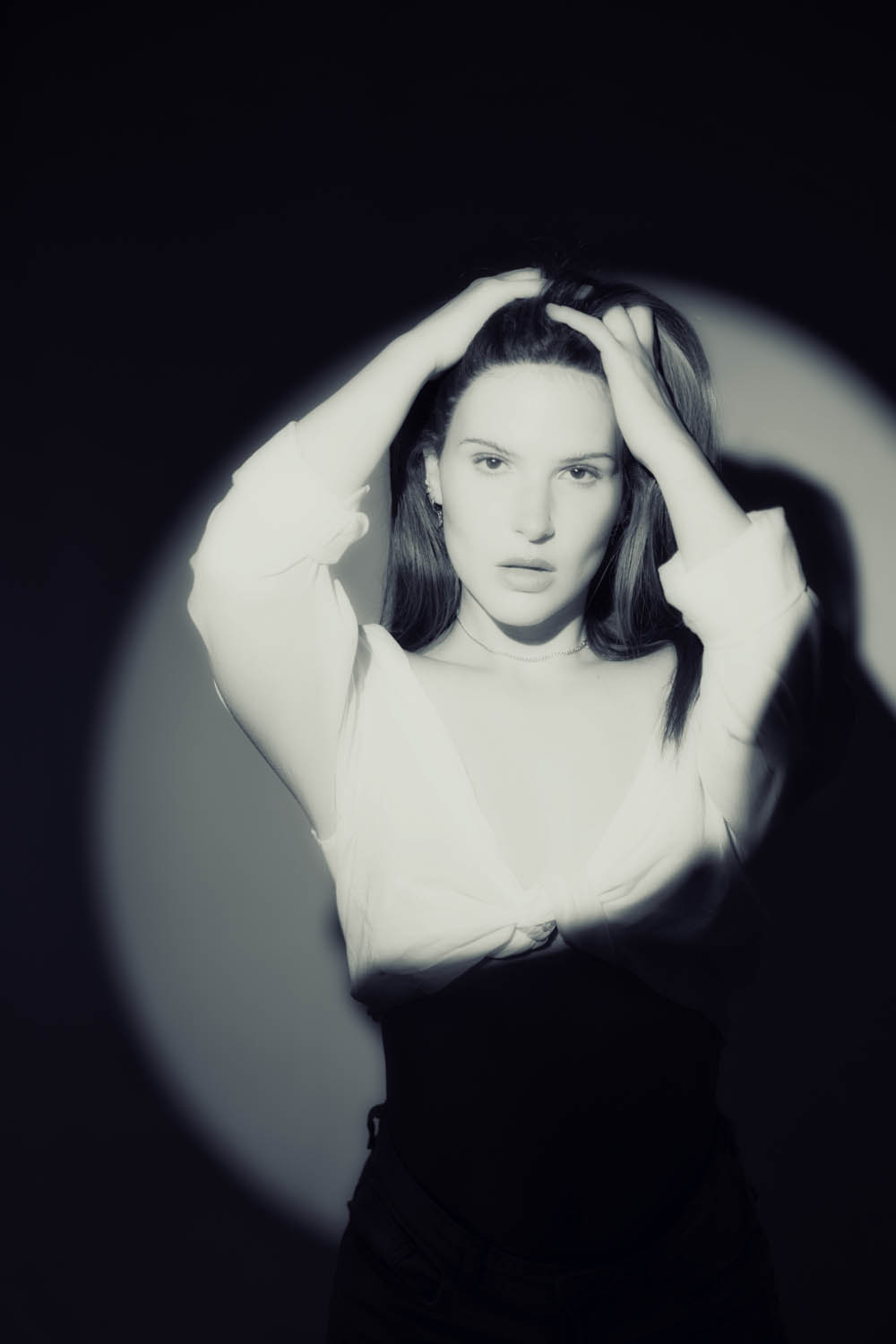
RIGHT: Fuji X-T5 . Fuji XF35mmF1.4 . f/1.4 . 1/125″ . ISO 500
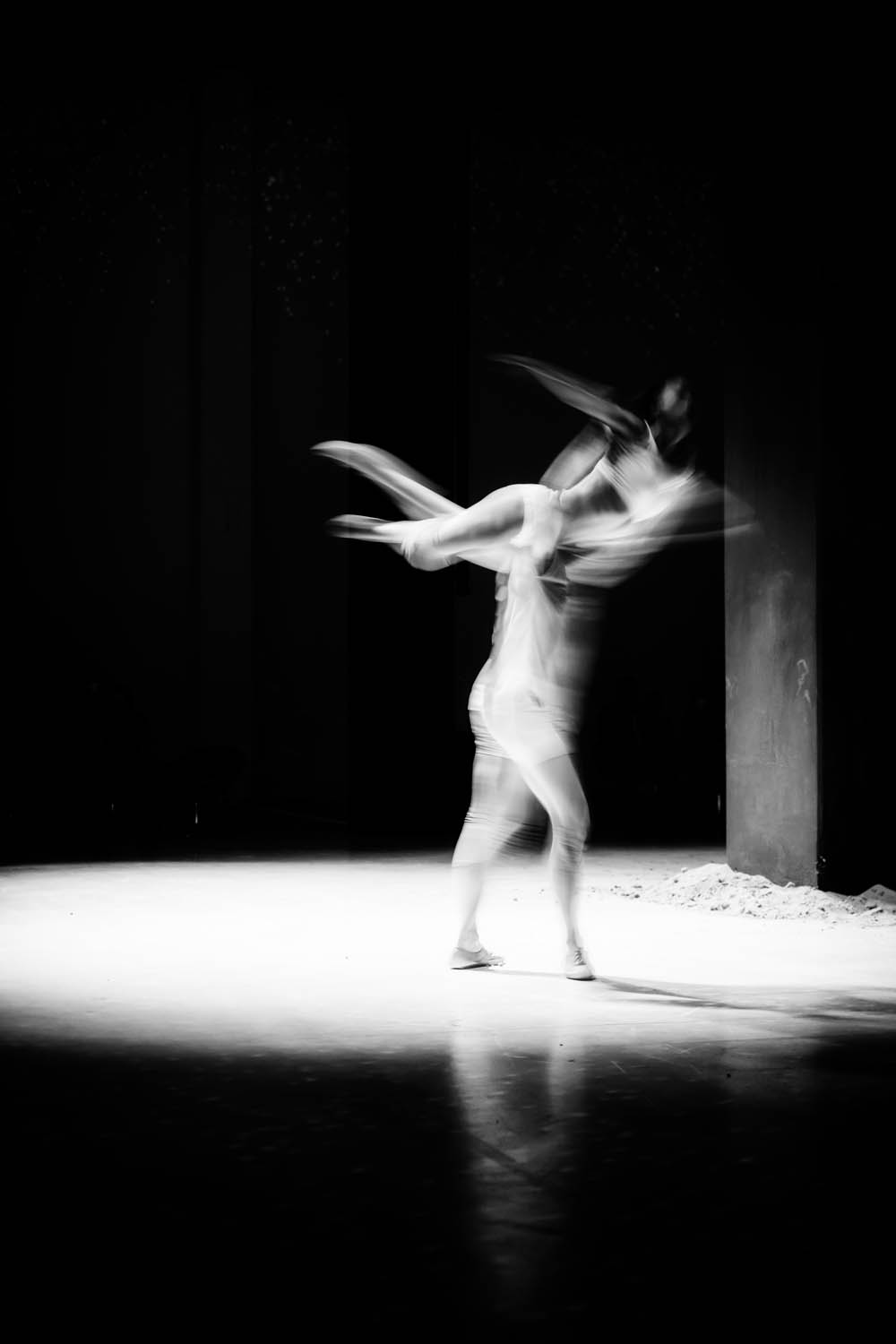
Lightroom is the software he uses to organize his library, if you can call that organization, as often he finds the best pictures after 2 years of being dumped on Lightroom. But photography sometimes needs to be like Port wine, it gets better a few years after. That being said, most of the things people think it’s editing, it’s simply the use of a mirror, a prism, a vintage glass in front of the lens, or something he found on the floor a few minutes before.
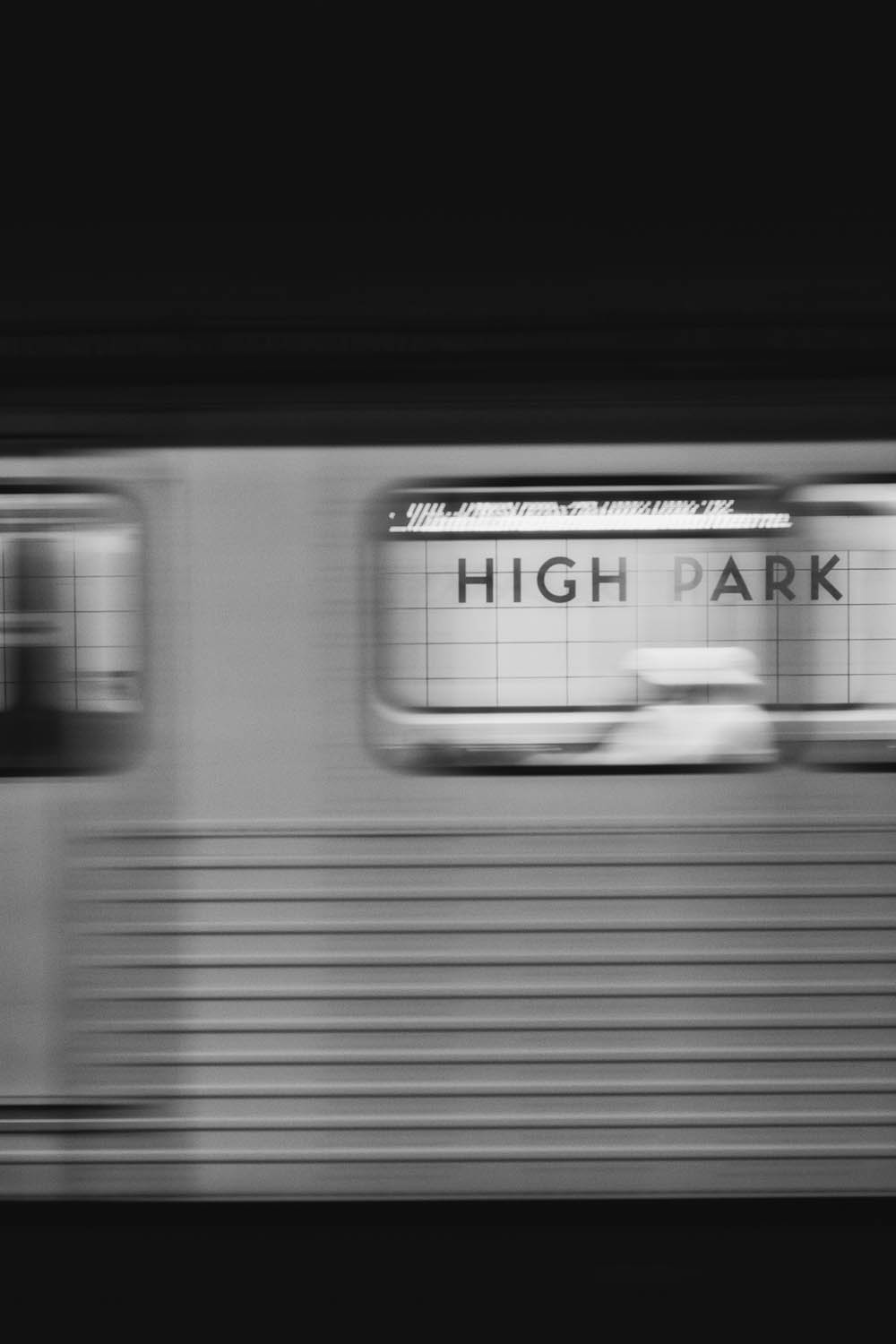
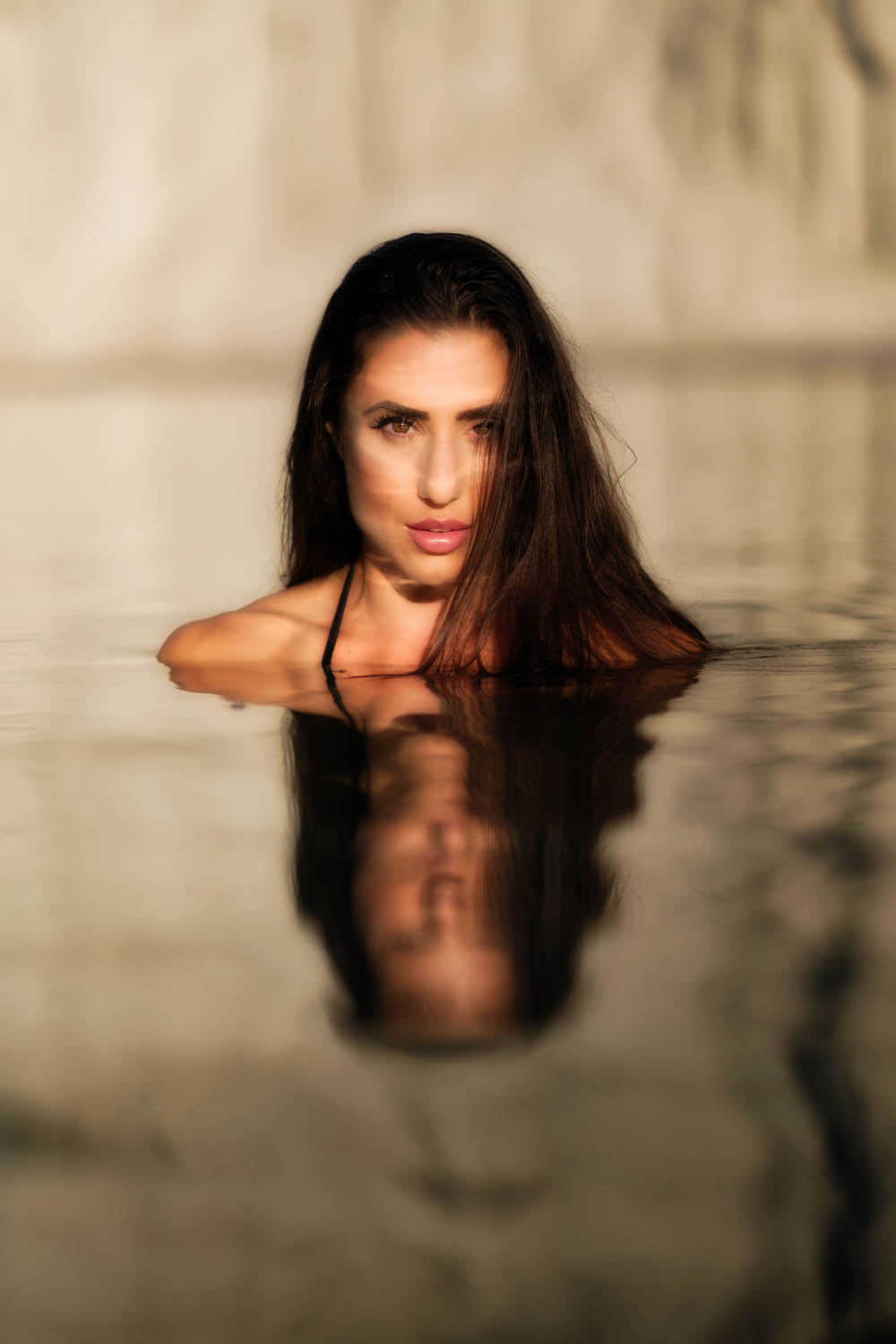
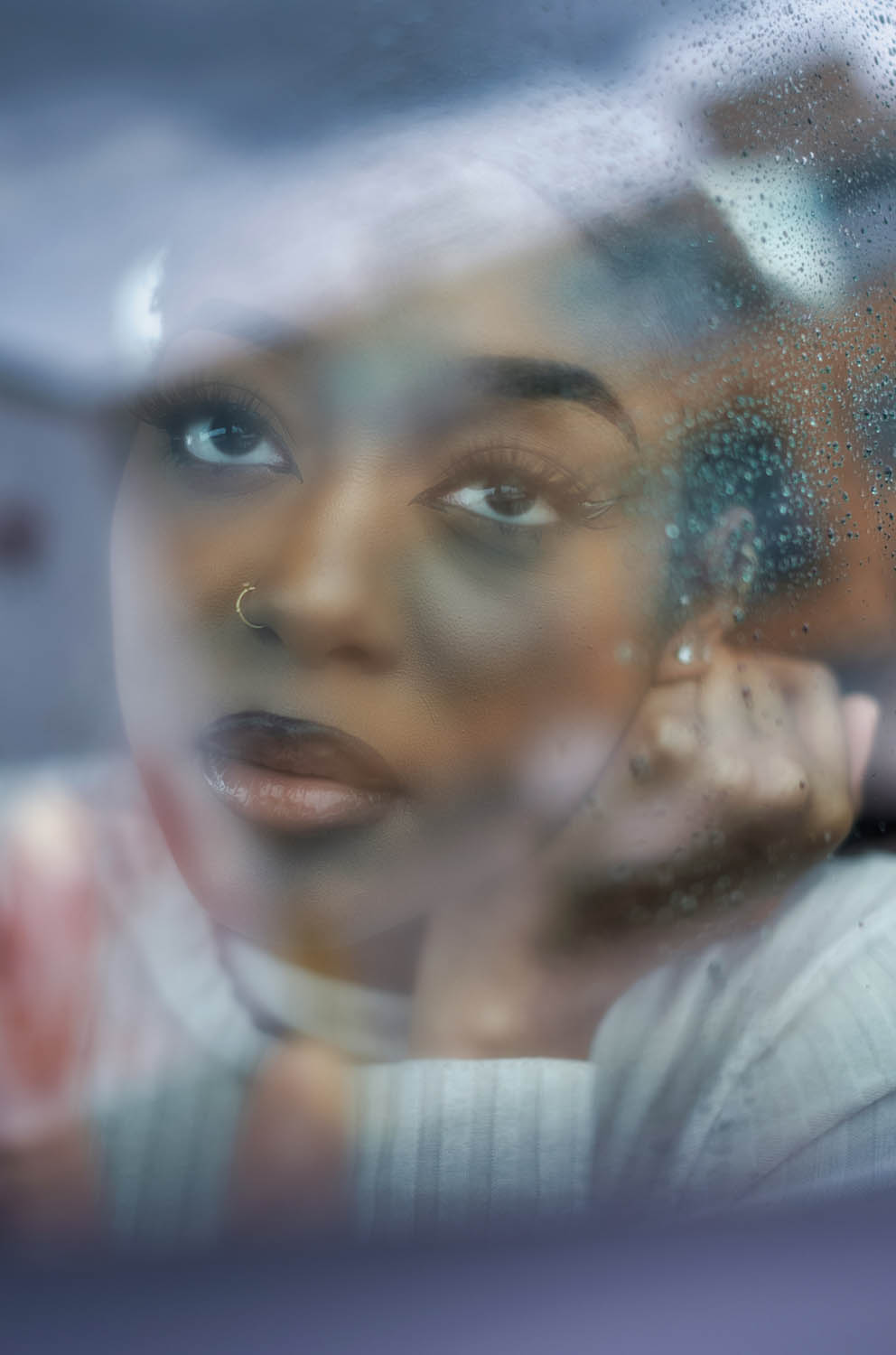
RIGHT: Fuji X-T4 . Fuji XF35mmF1.4 . f/1.4 . 1/2500″ . ISO 160
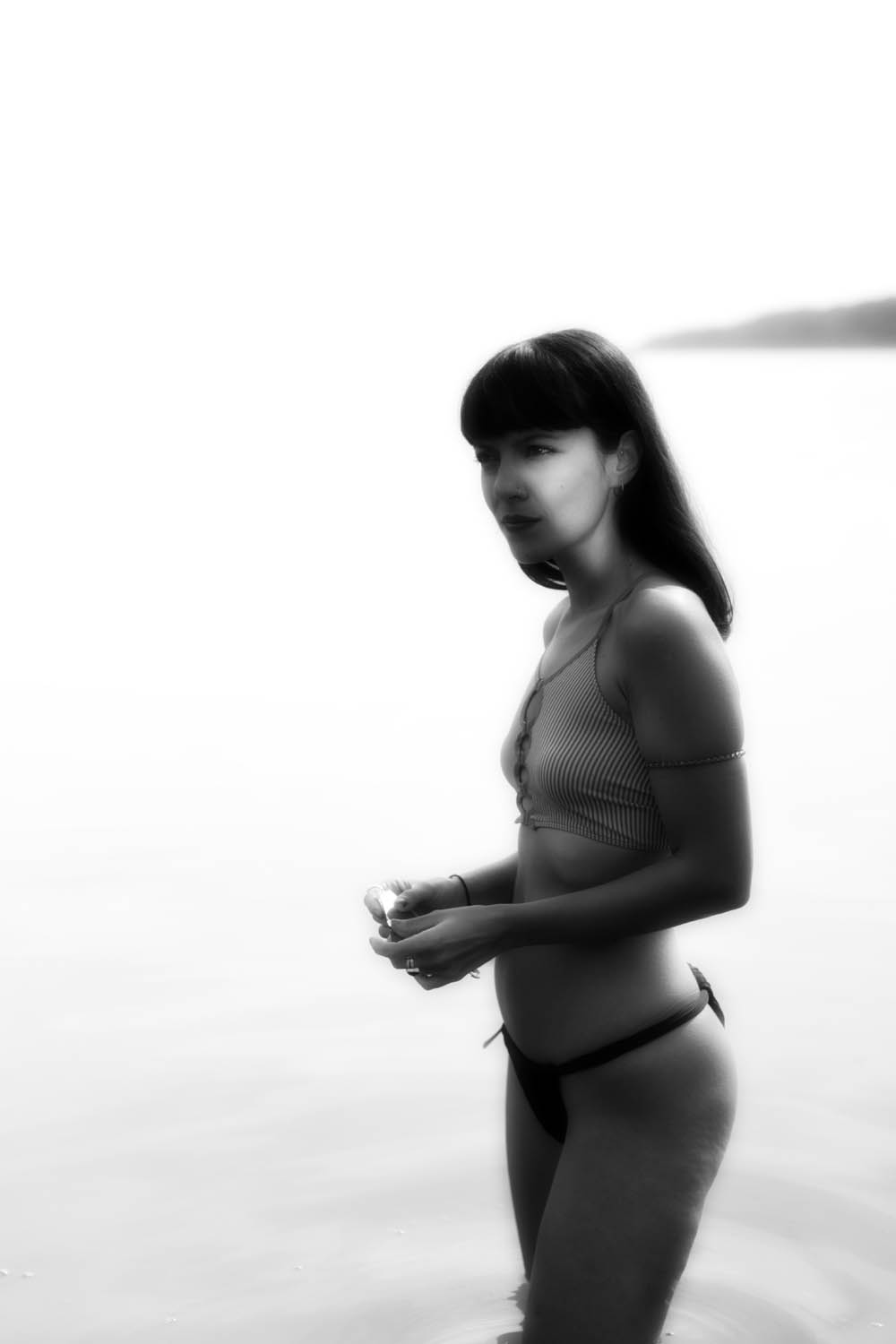

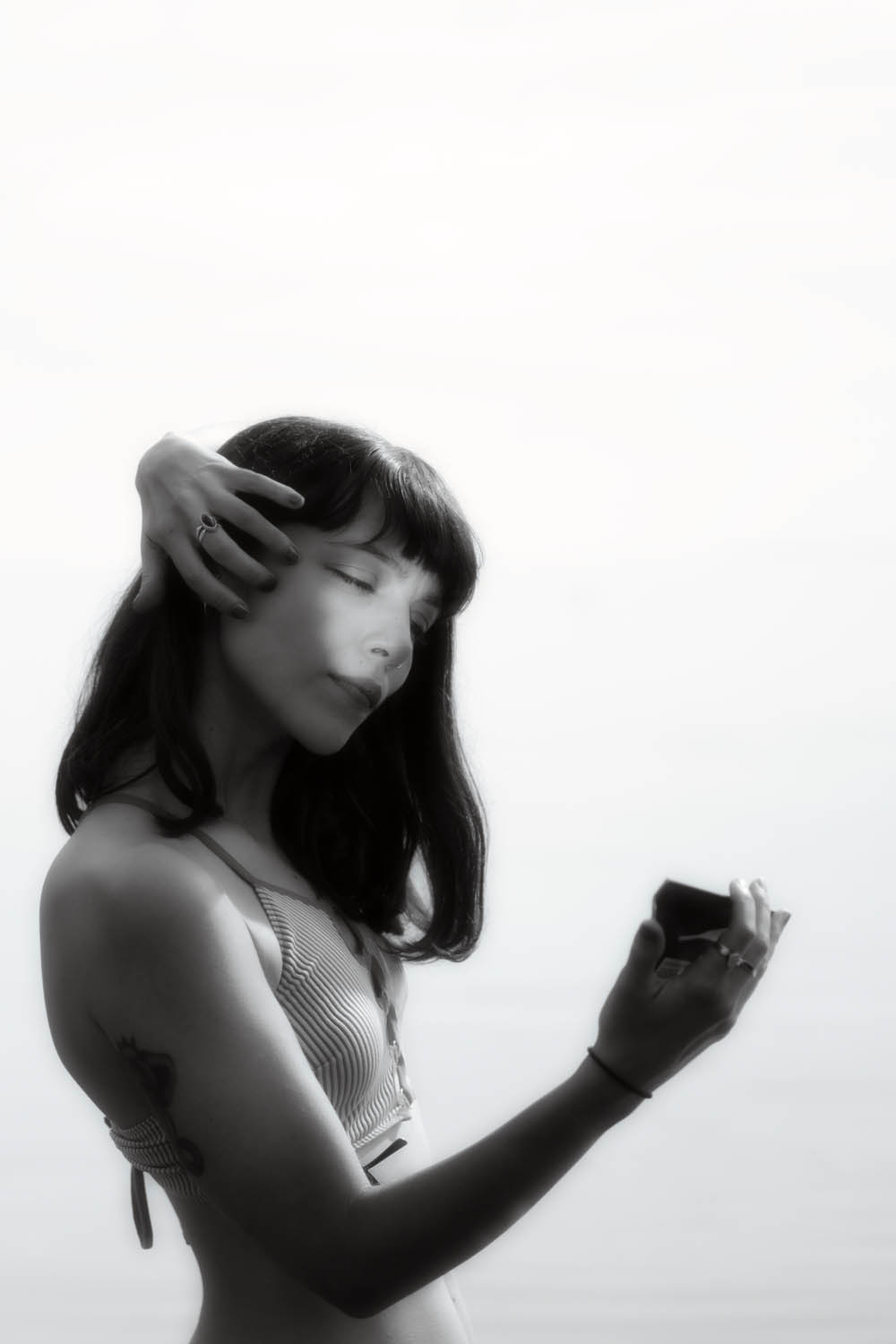
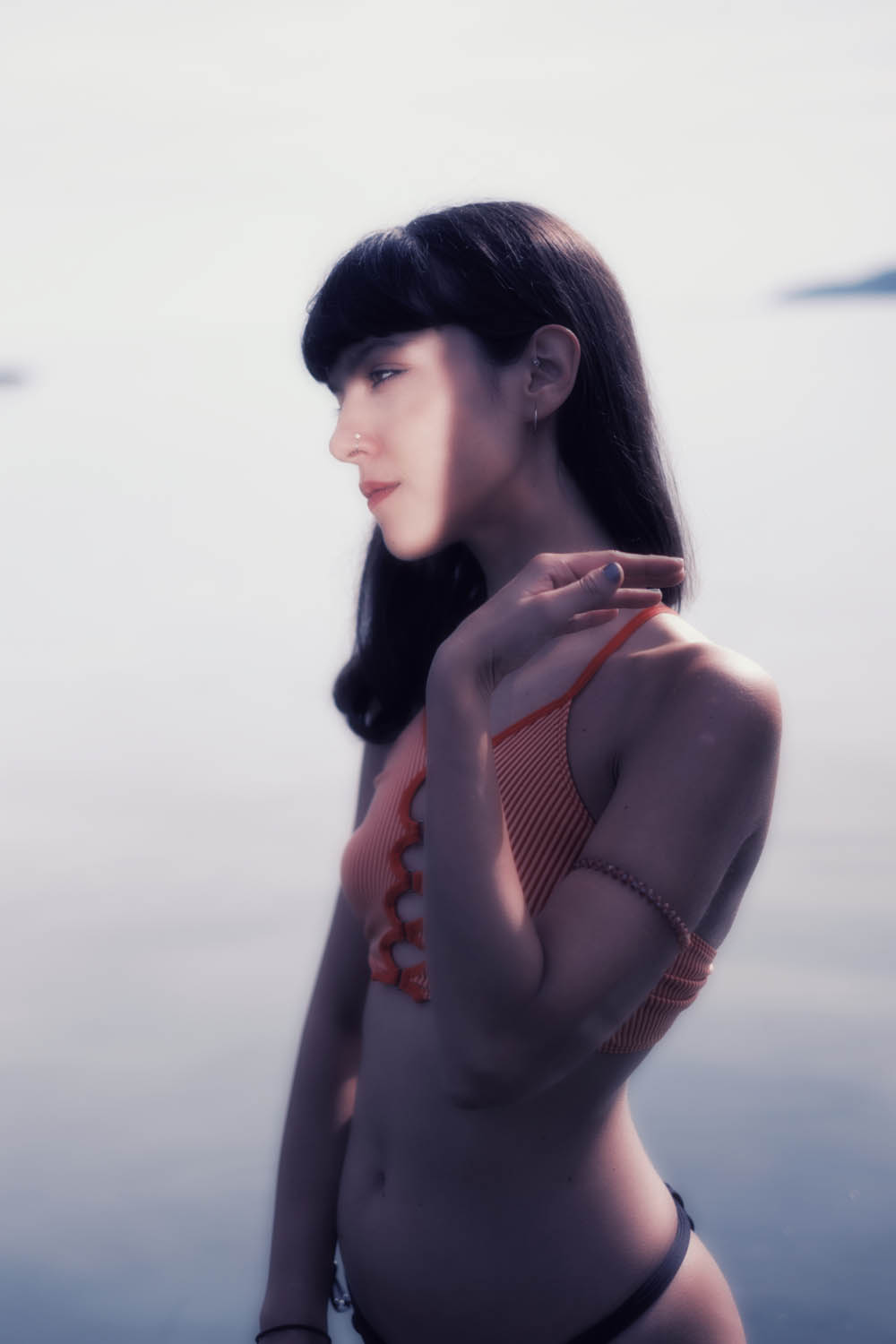
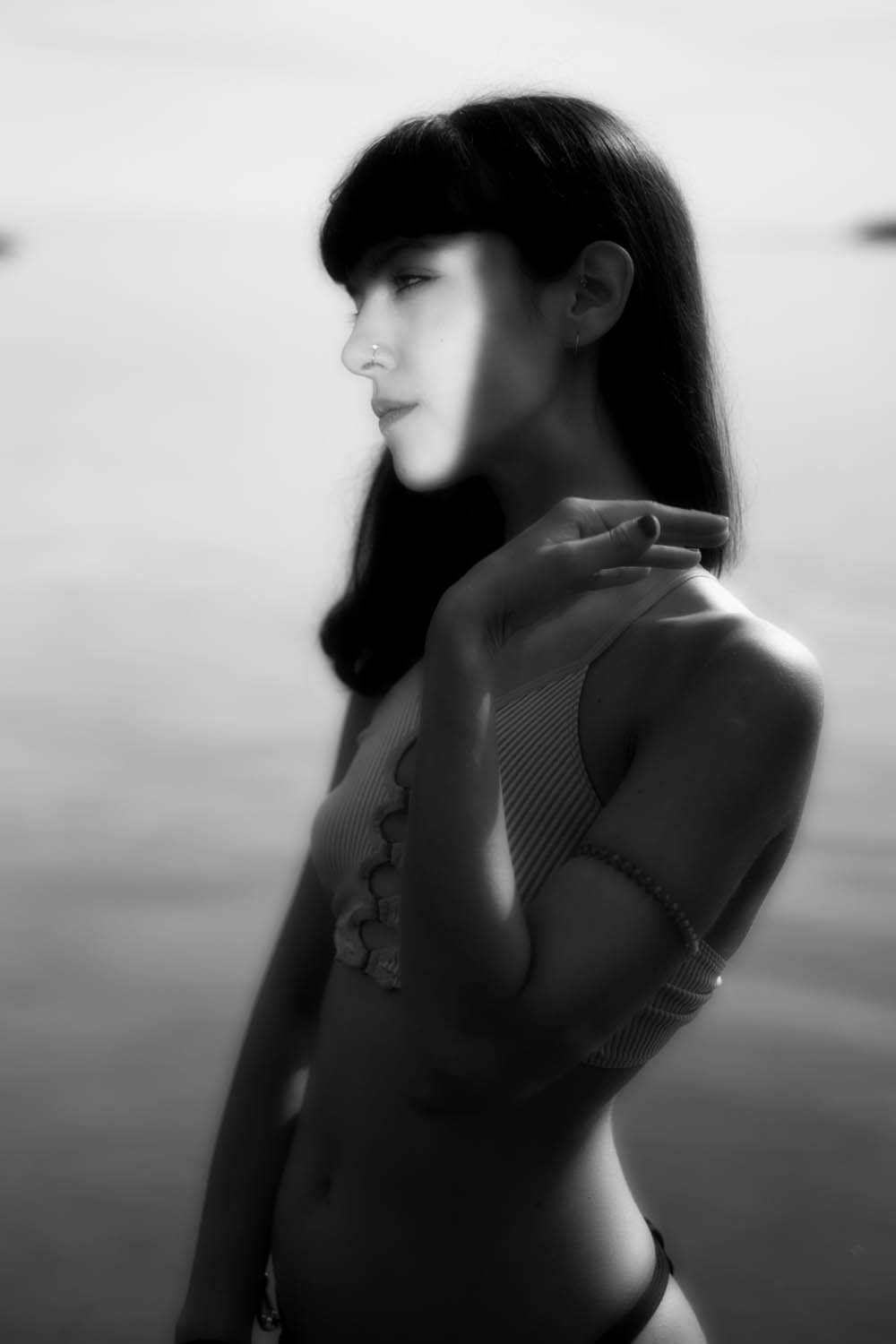
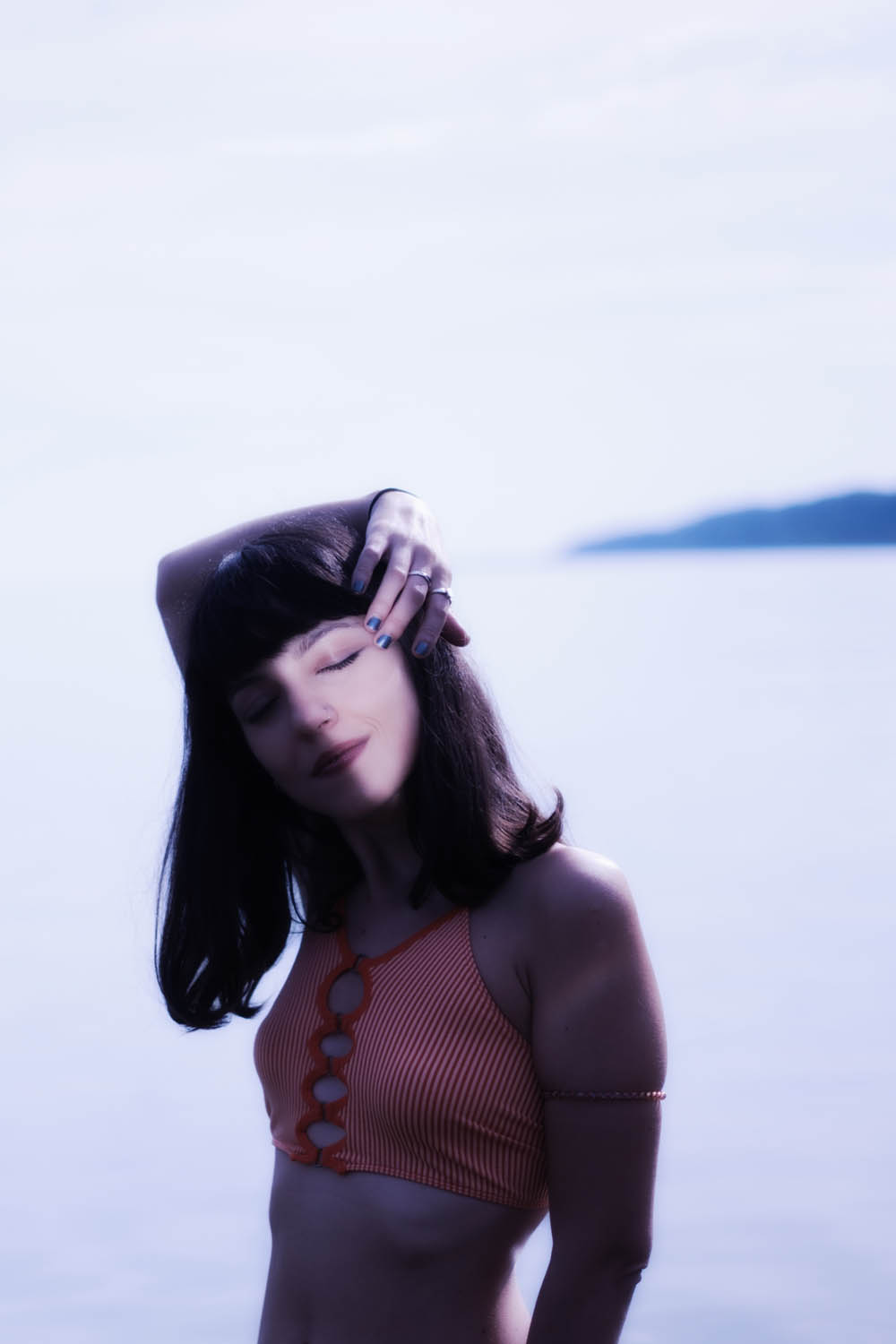
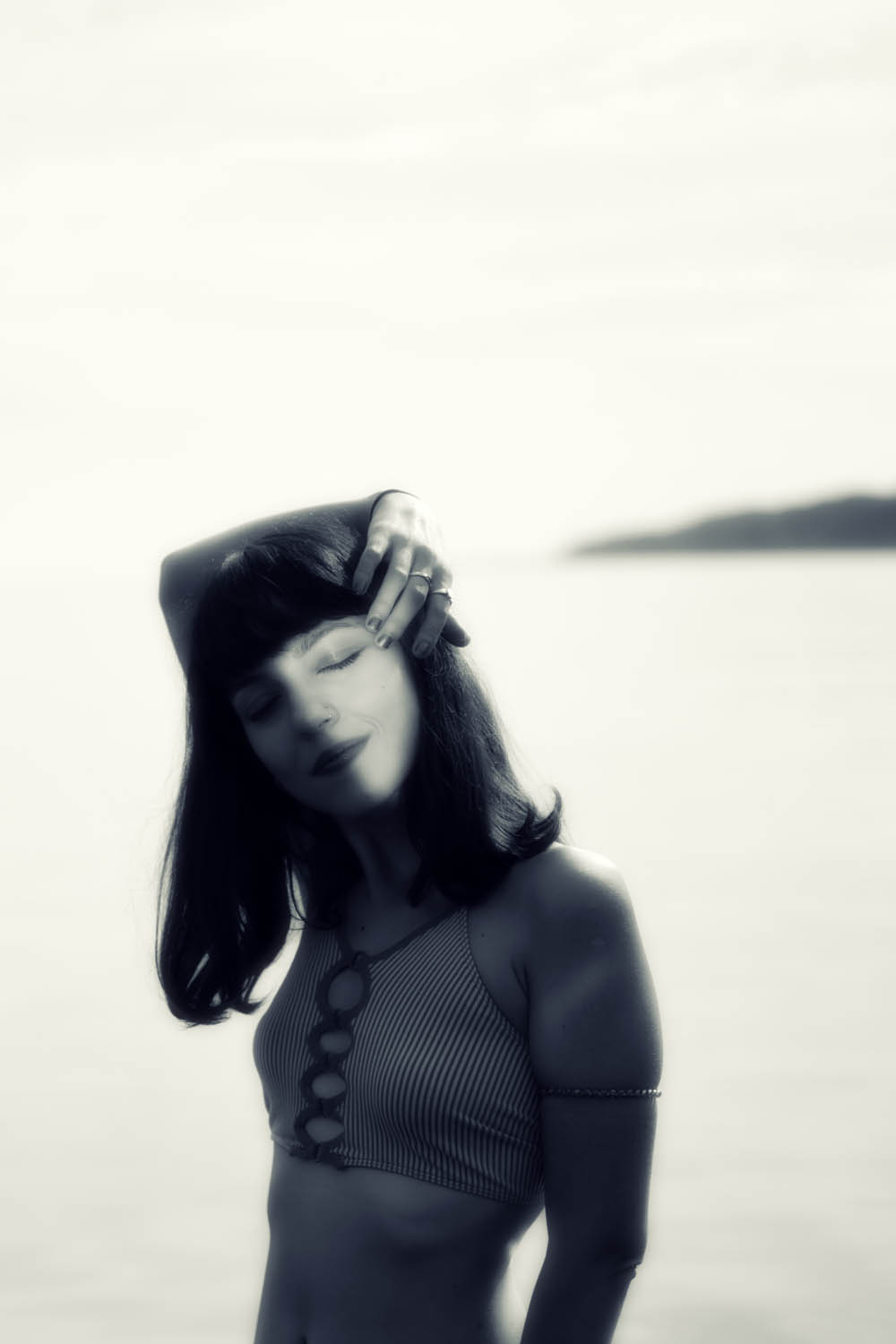
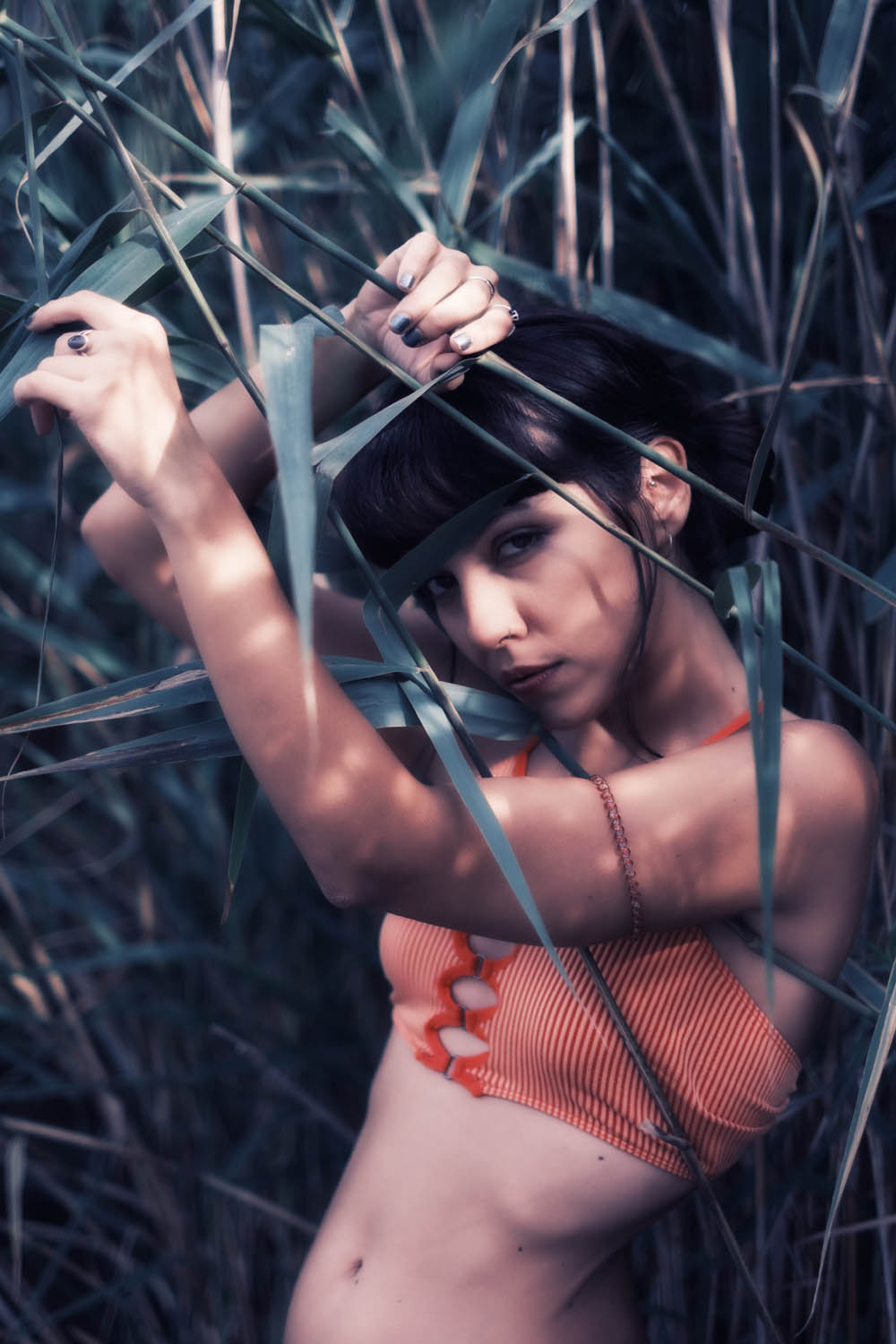
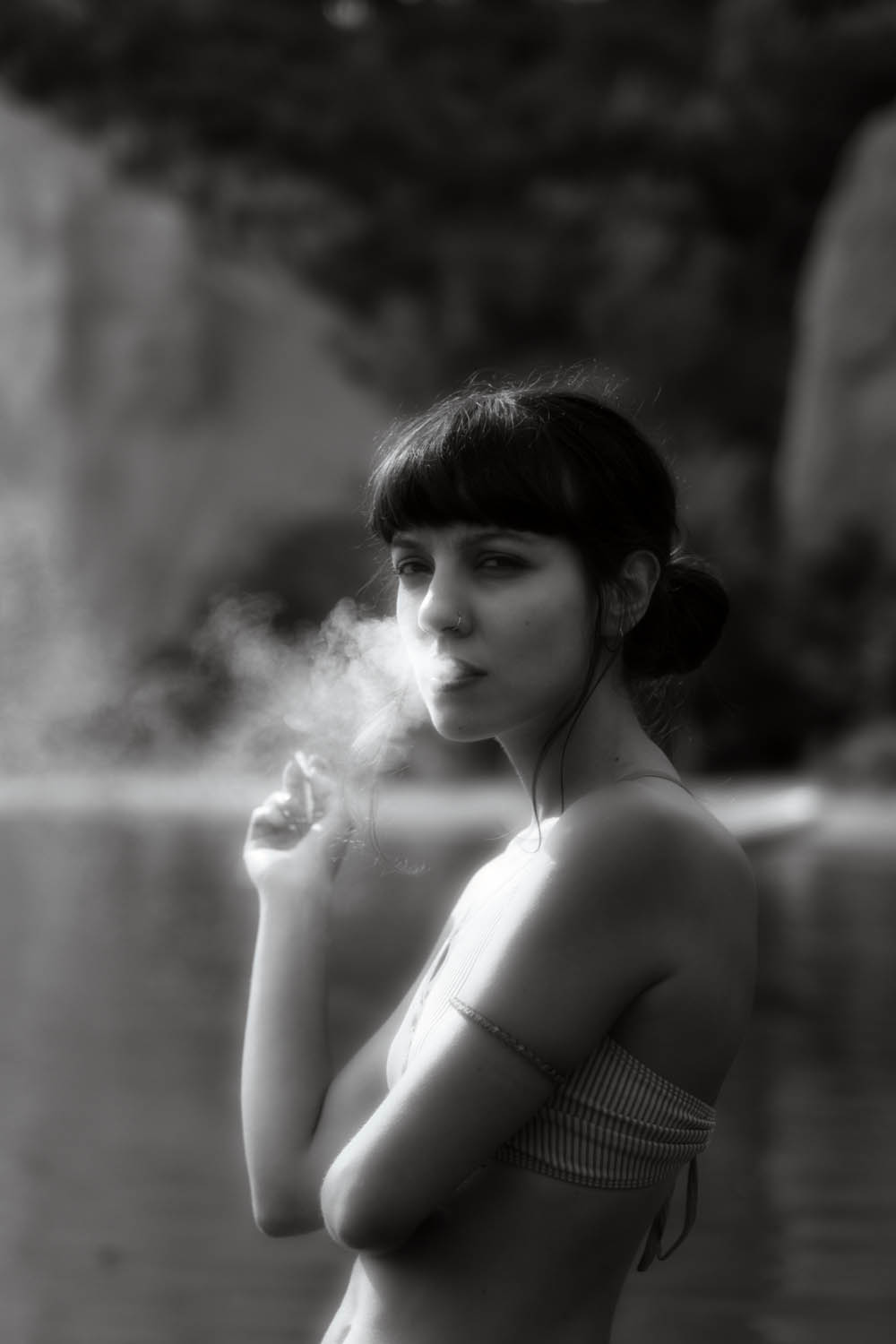

RIGHT: Fuji X-T5 . Fuji XF35mmF1.4 . f/1.4 . 1/8000″ . ISO 200
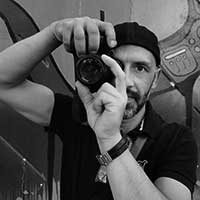
Paulo was born in Lisbon almost two centuries ago (at least it feels like that), and he currently lives in Oakville, Ontario, Canada. He never speaks of himself in the first person, mainly because he is not that type of grammatical person. He enjoys motorcycle rides and reading stuff about Quantum physics, so he can realize how ignorant he is. He clearly cannot understand how can we use the James Webber telescope to look at the beginning of the universe, as it’s difficult to understand how the earth traveled faster than light, even if the bang was big.

